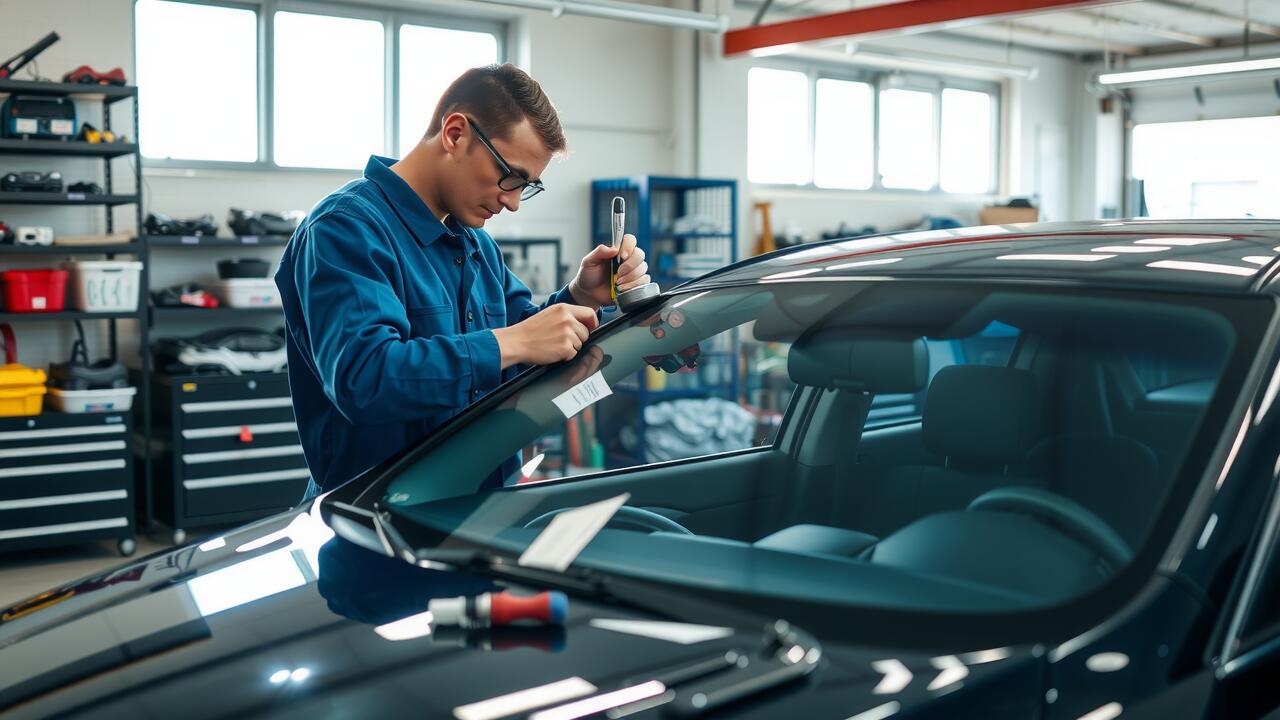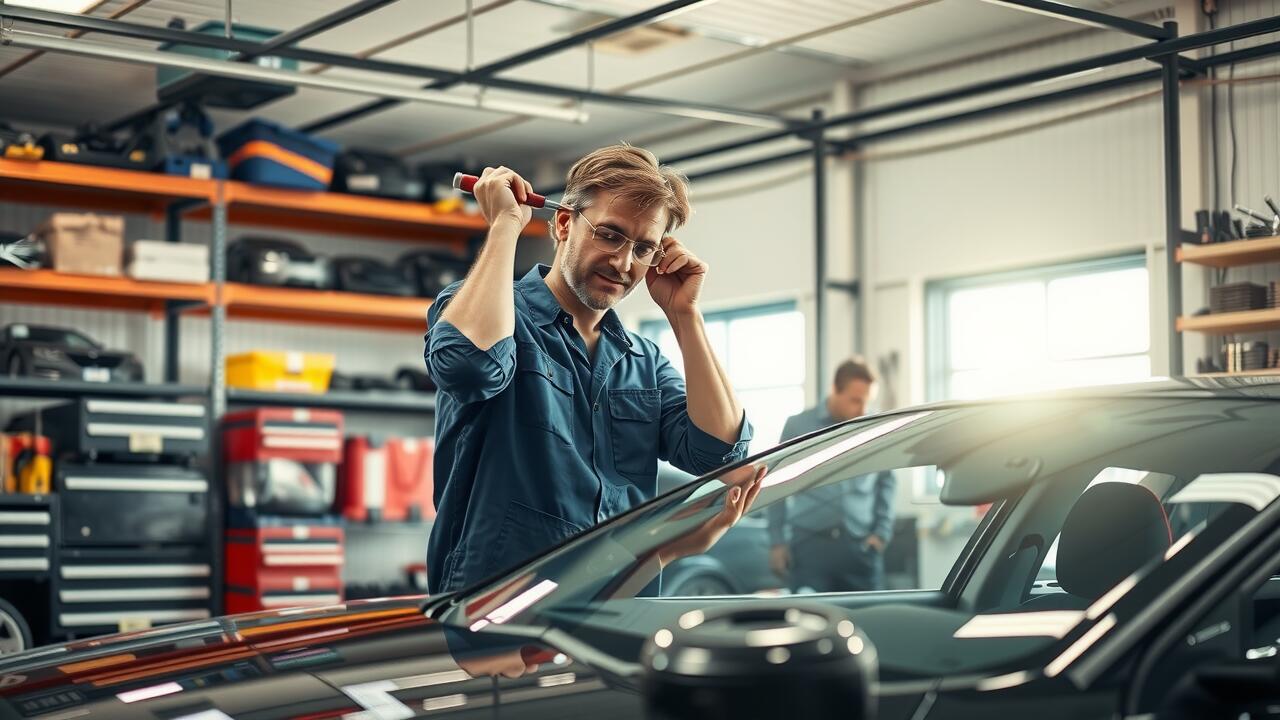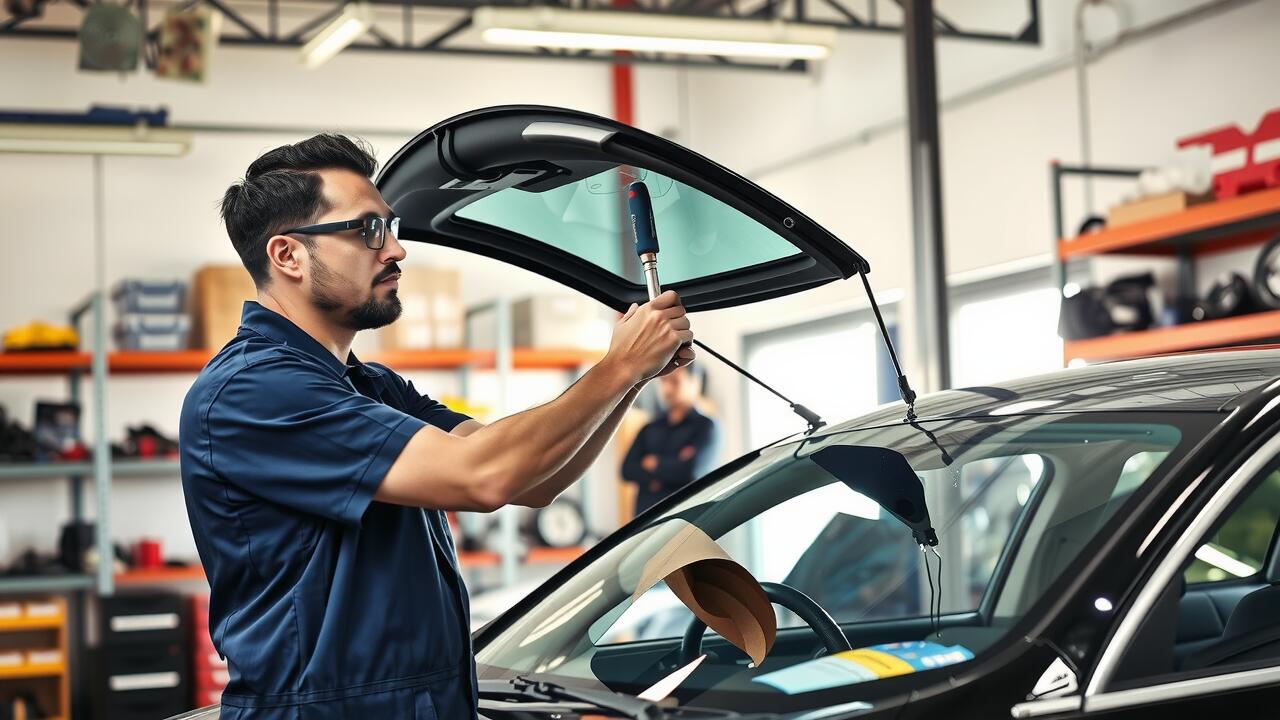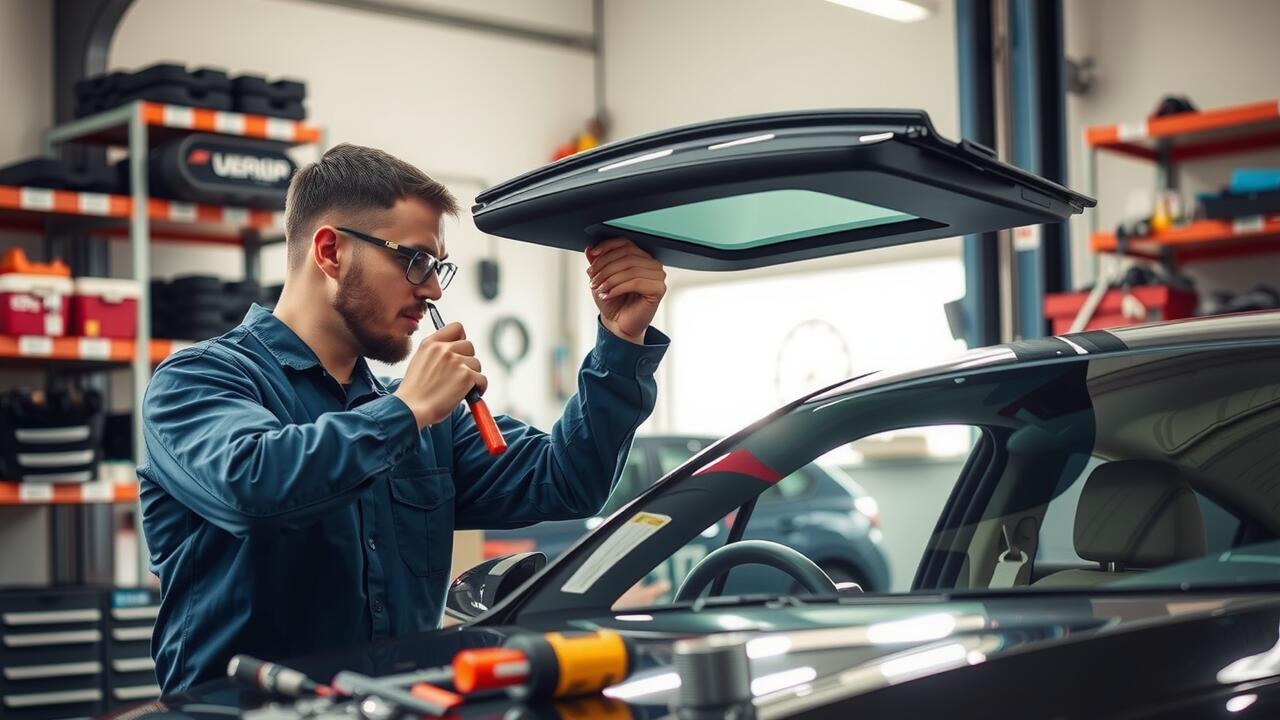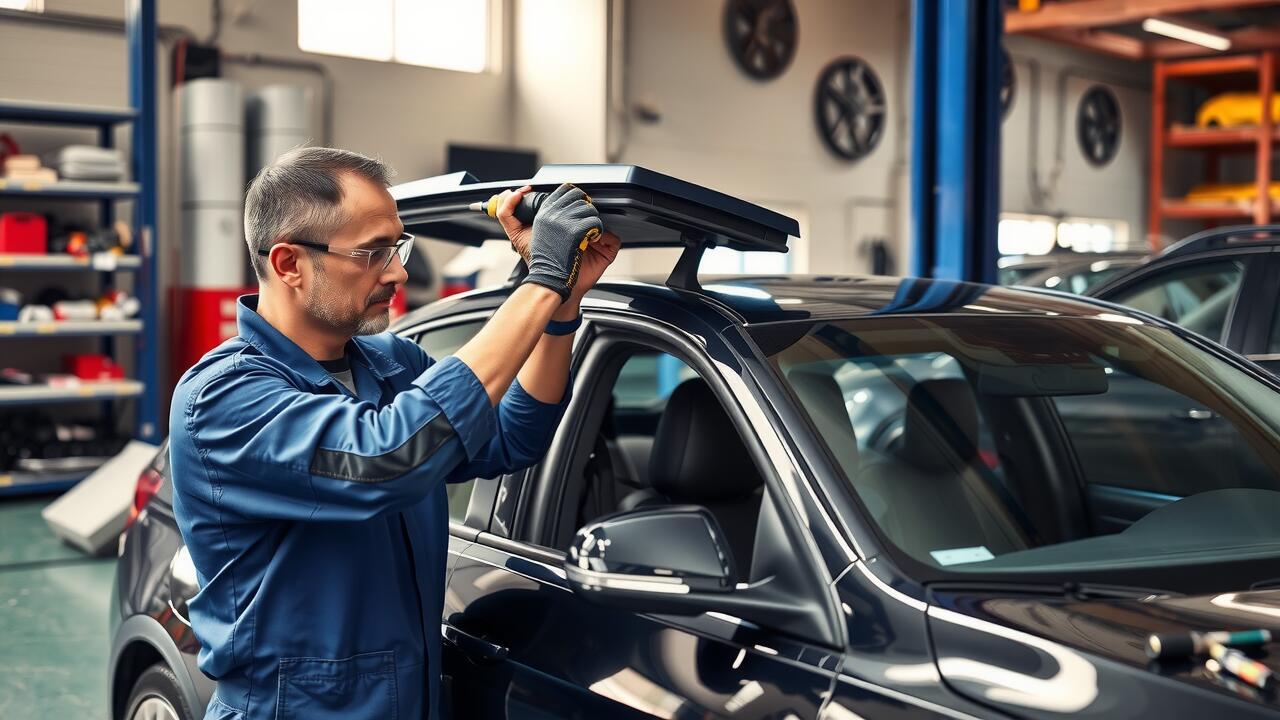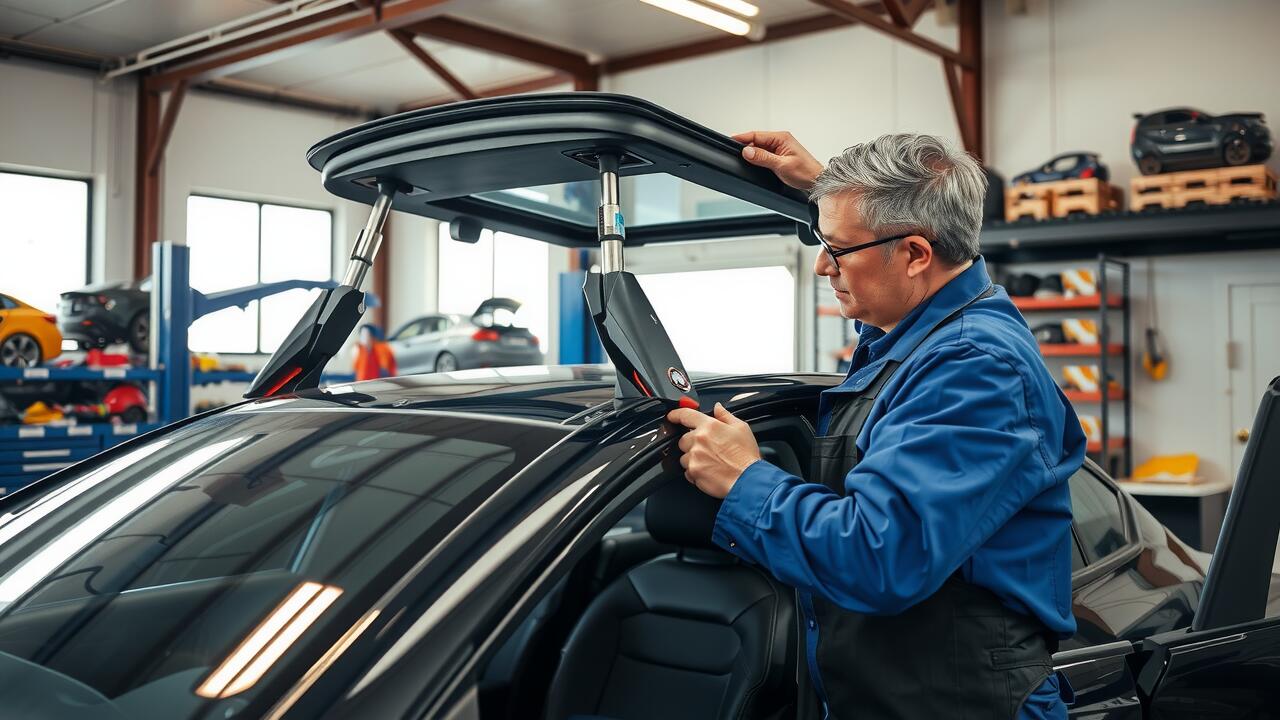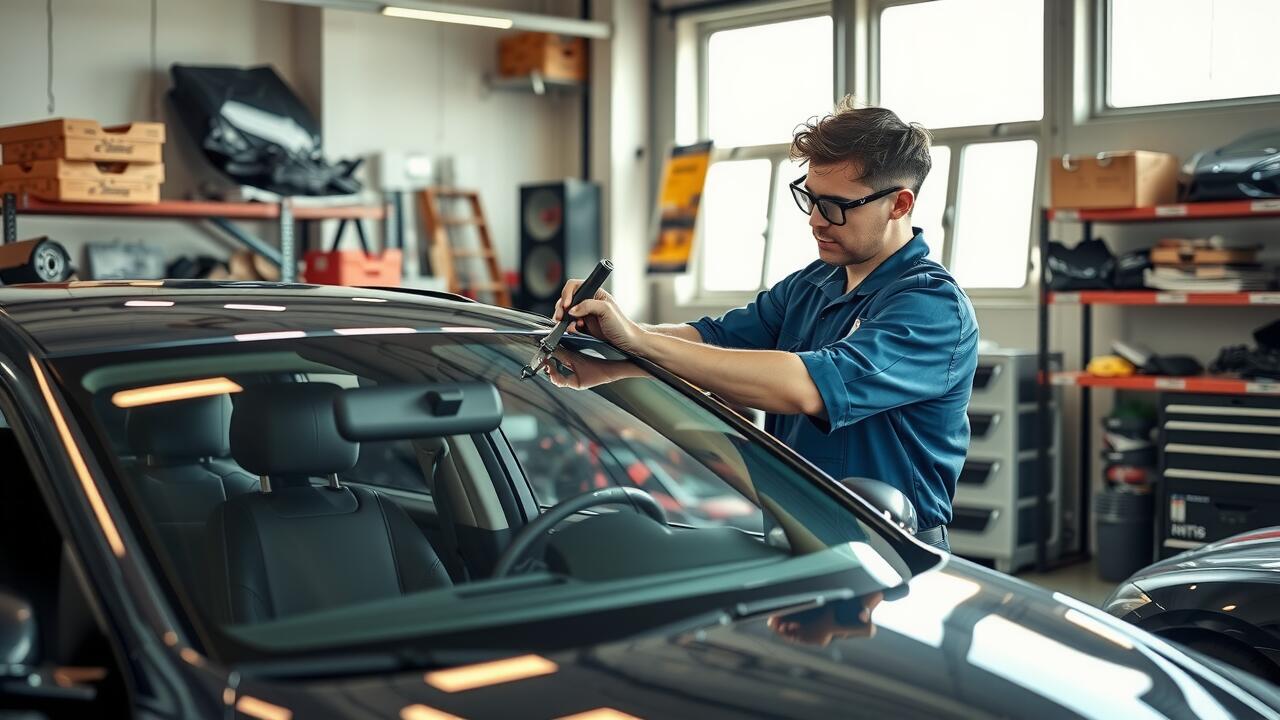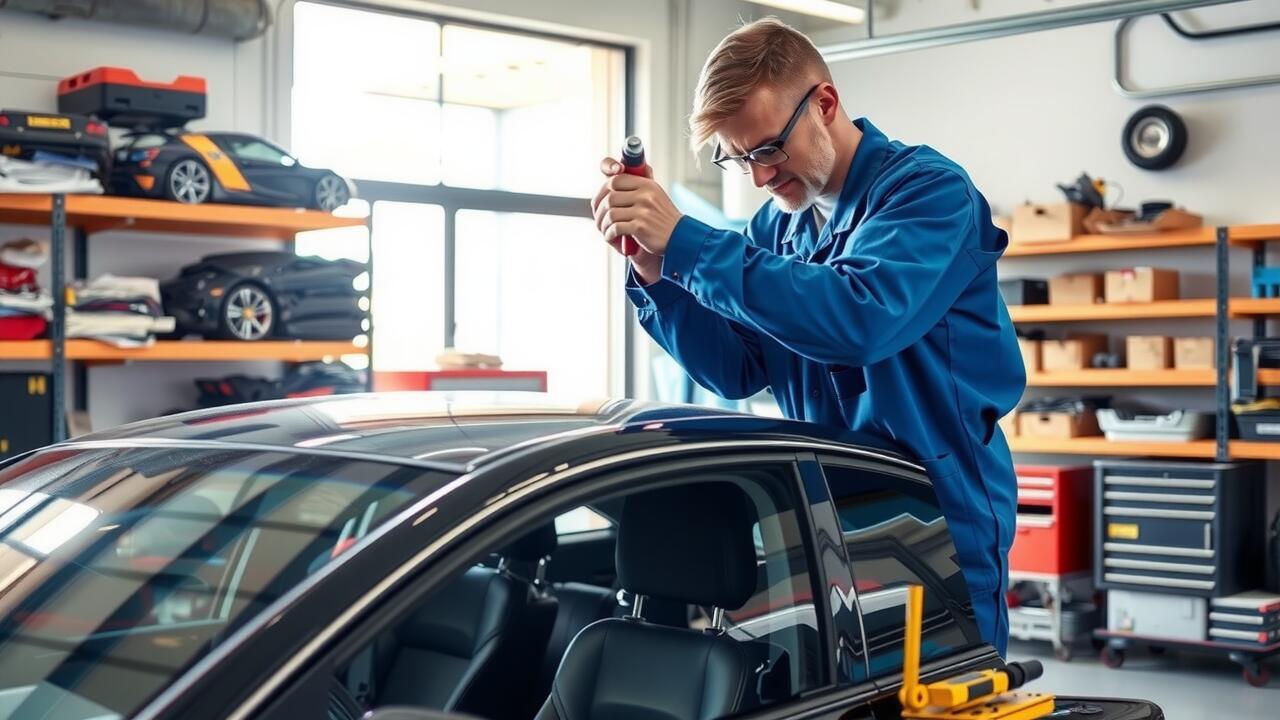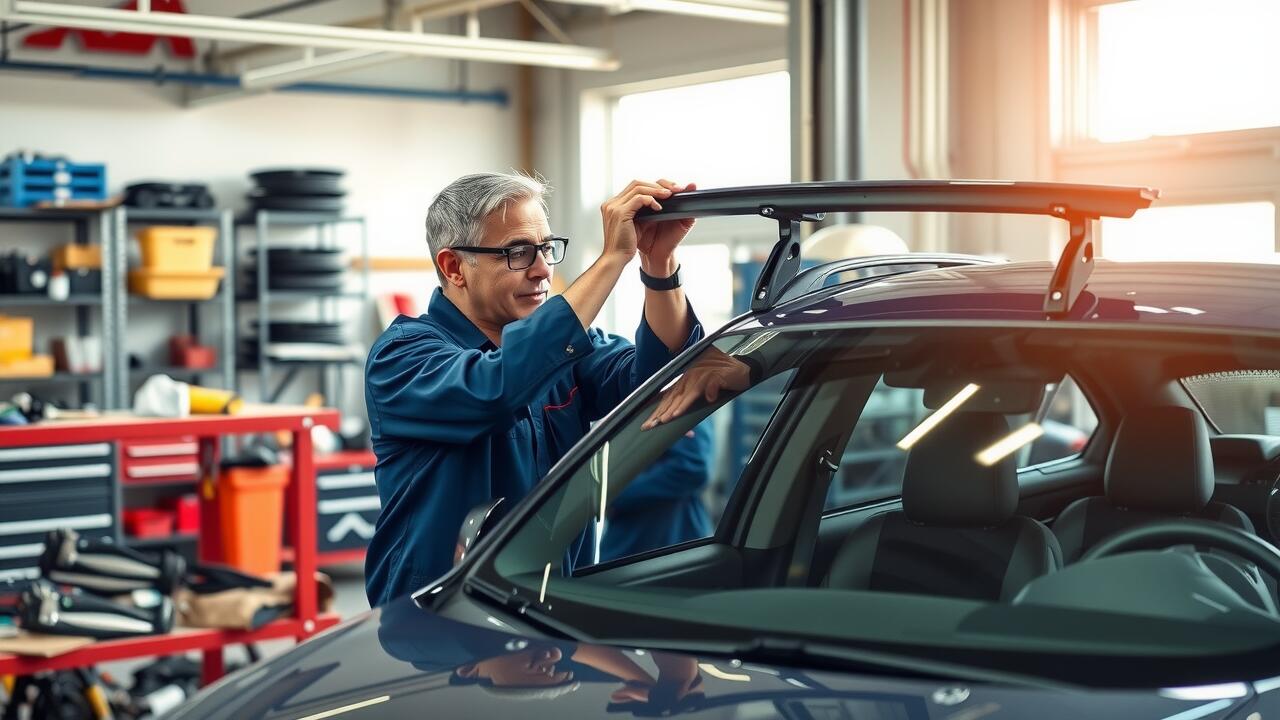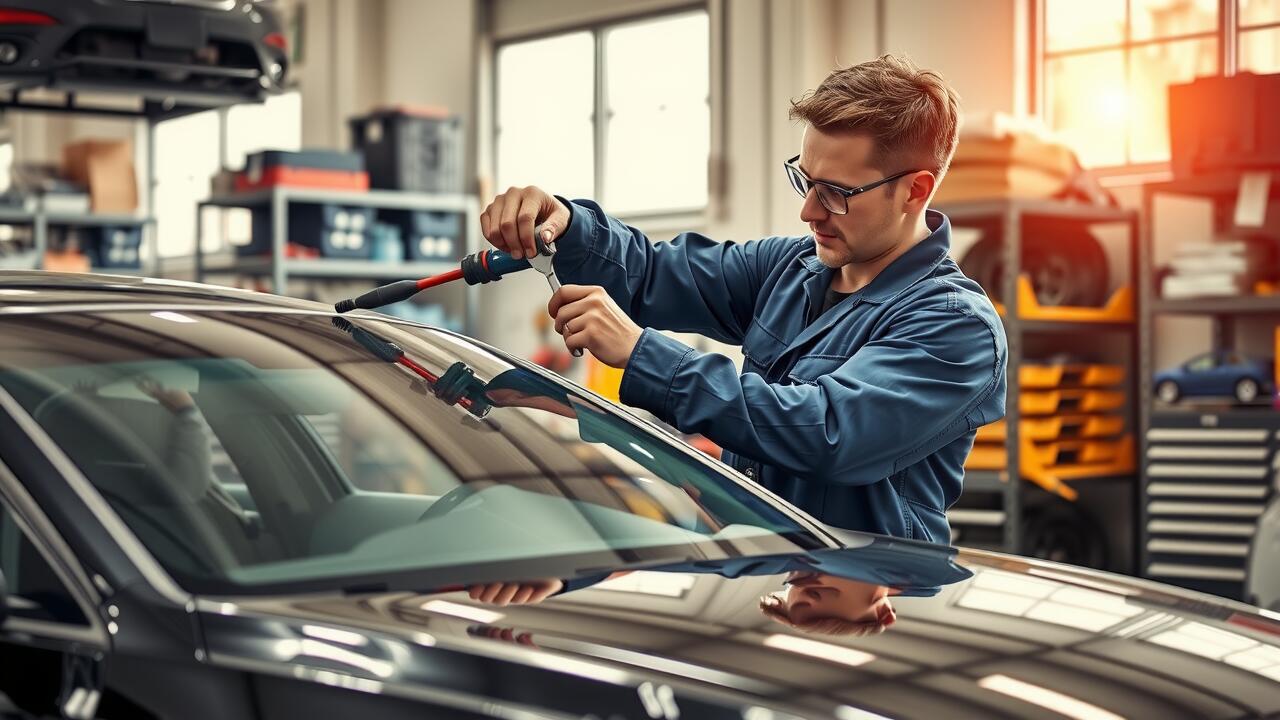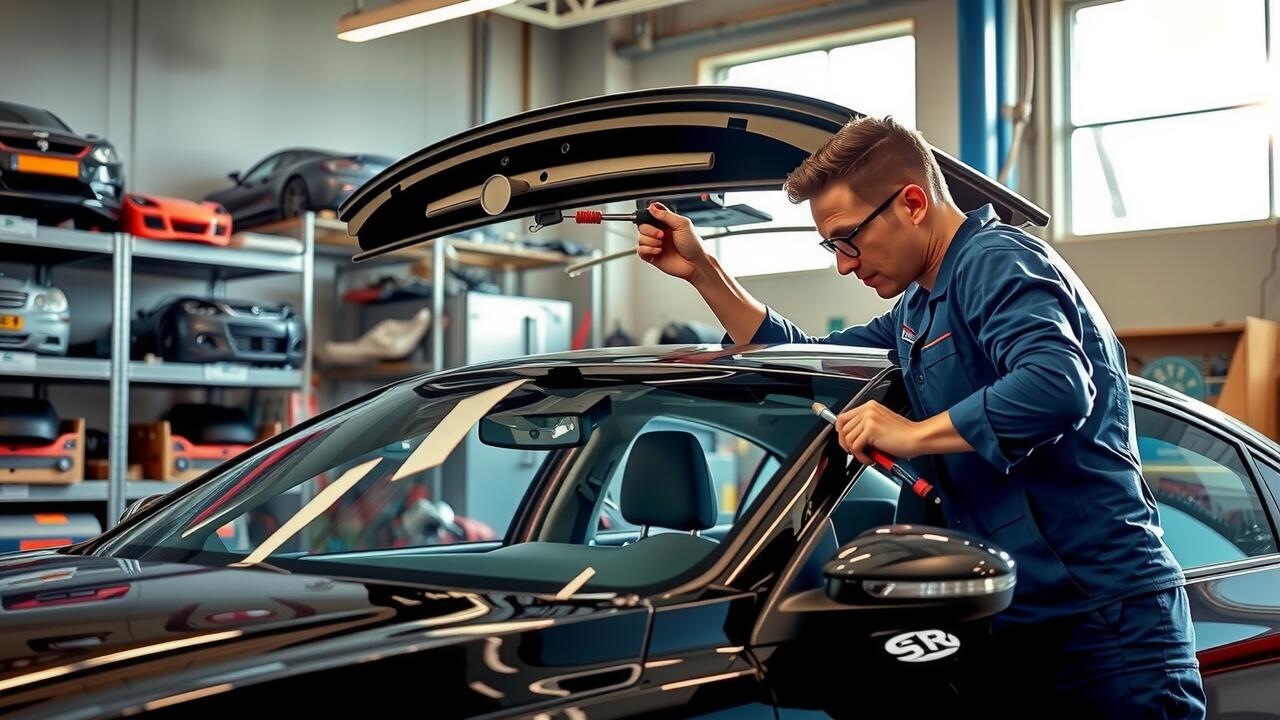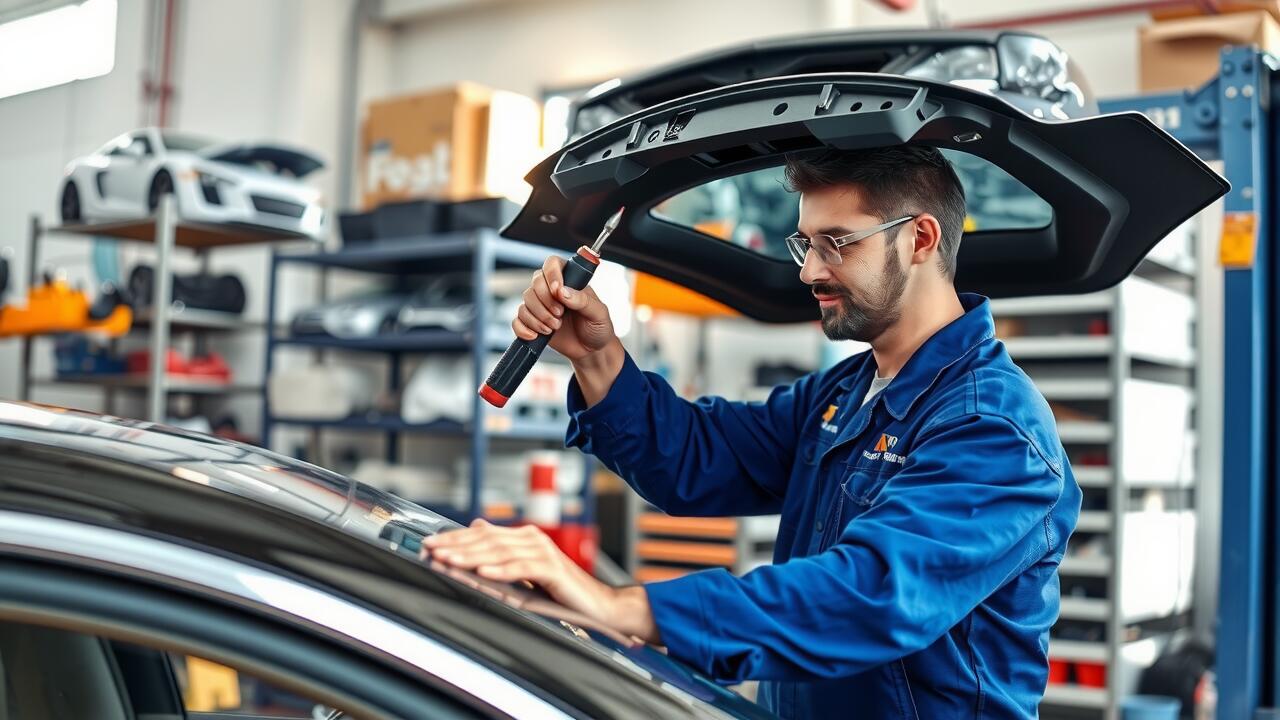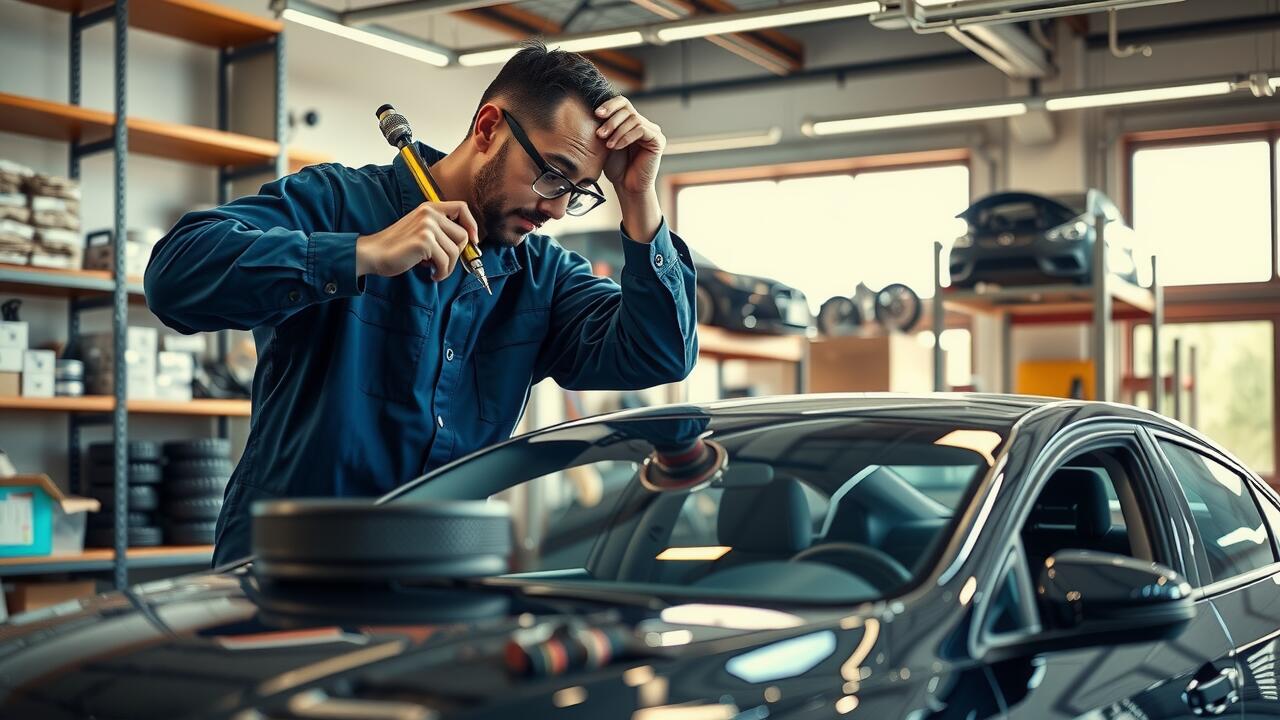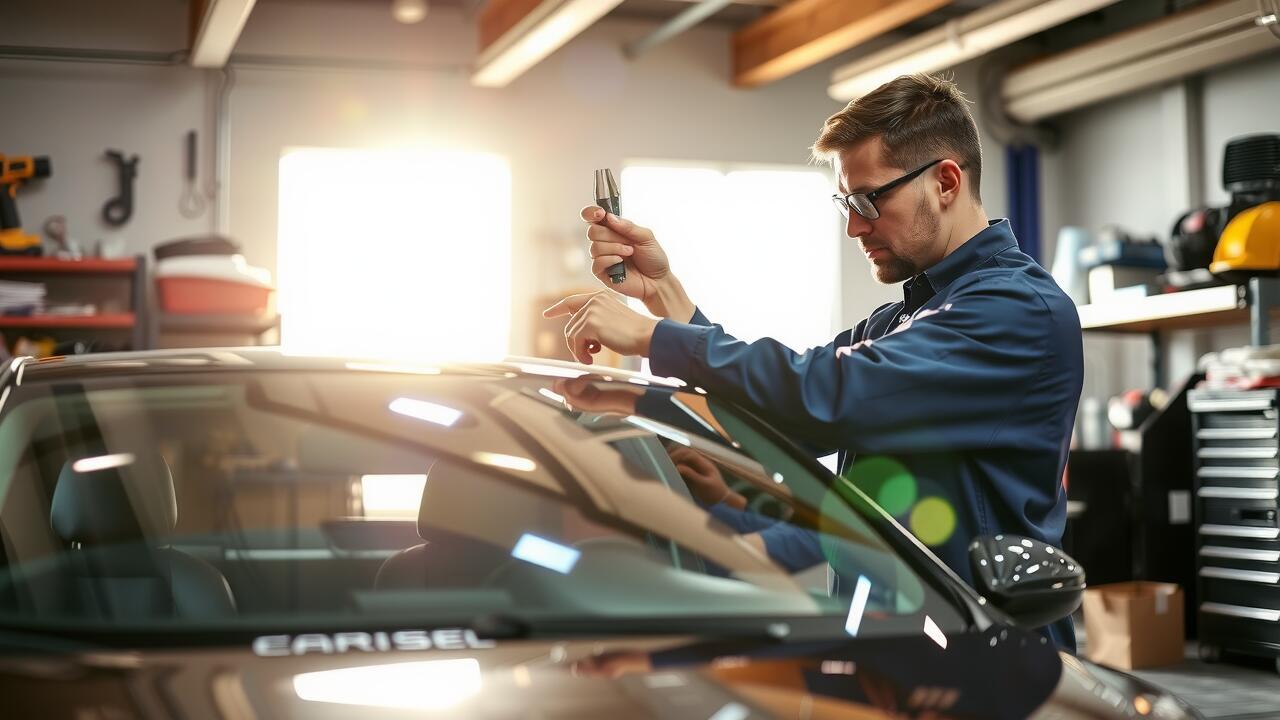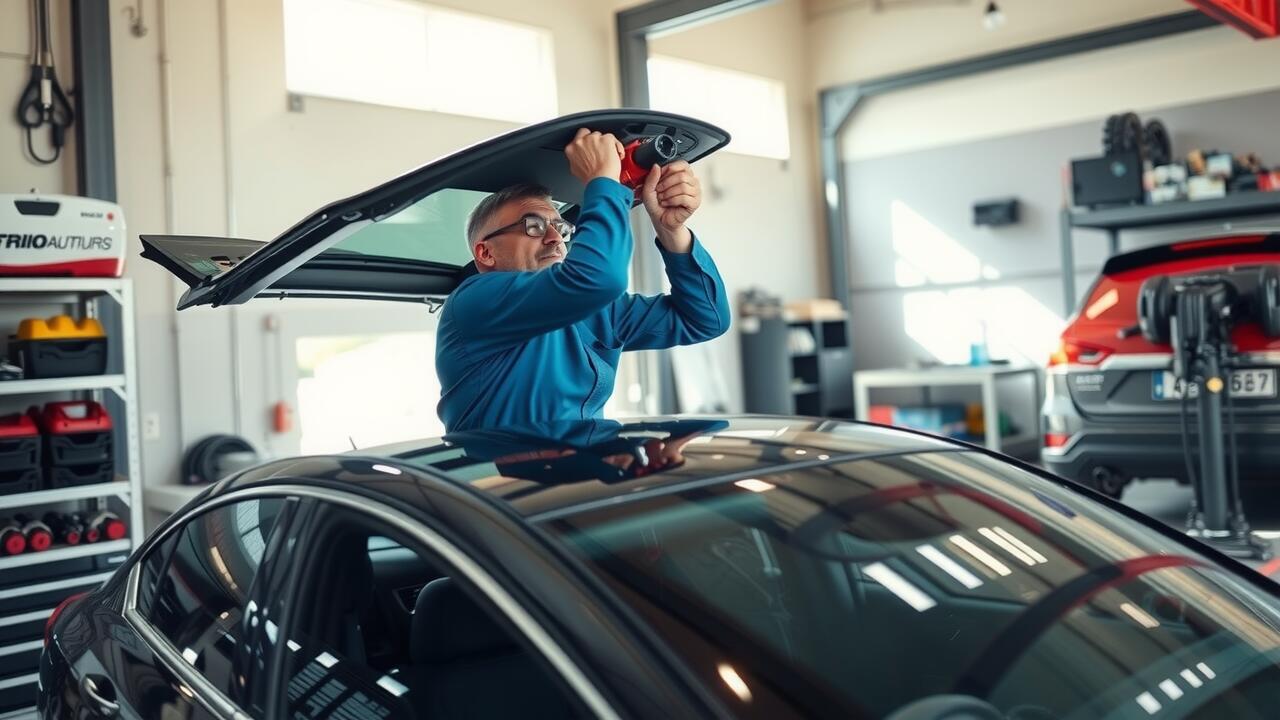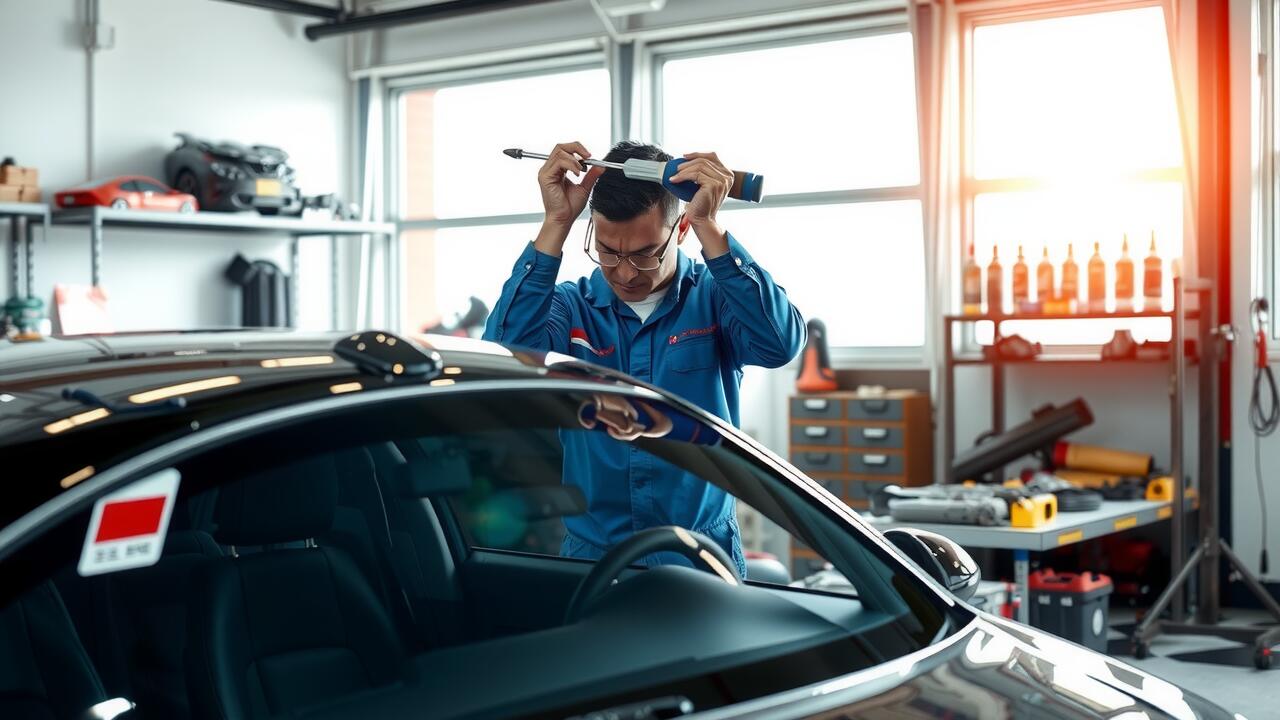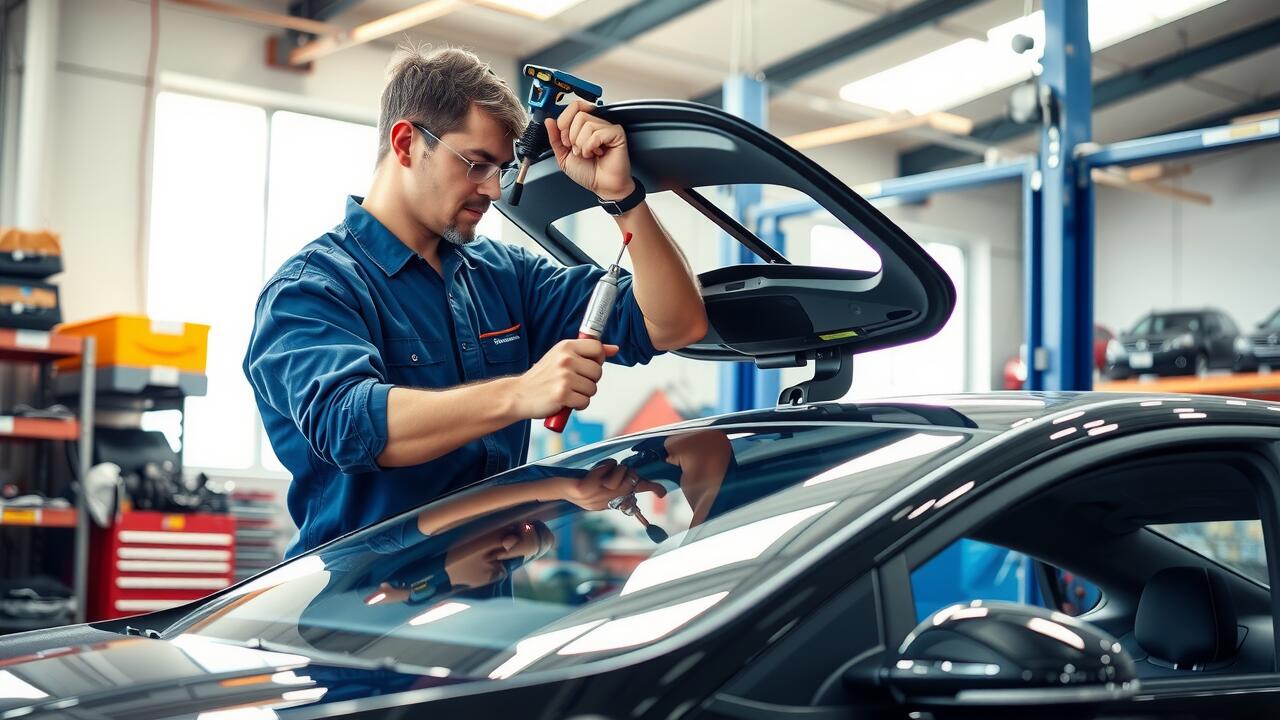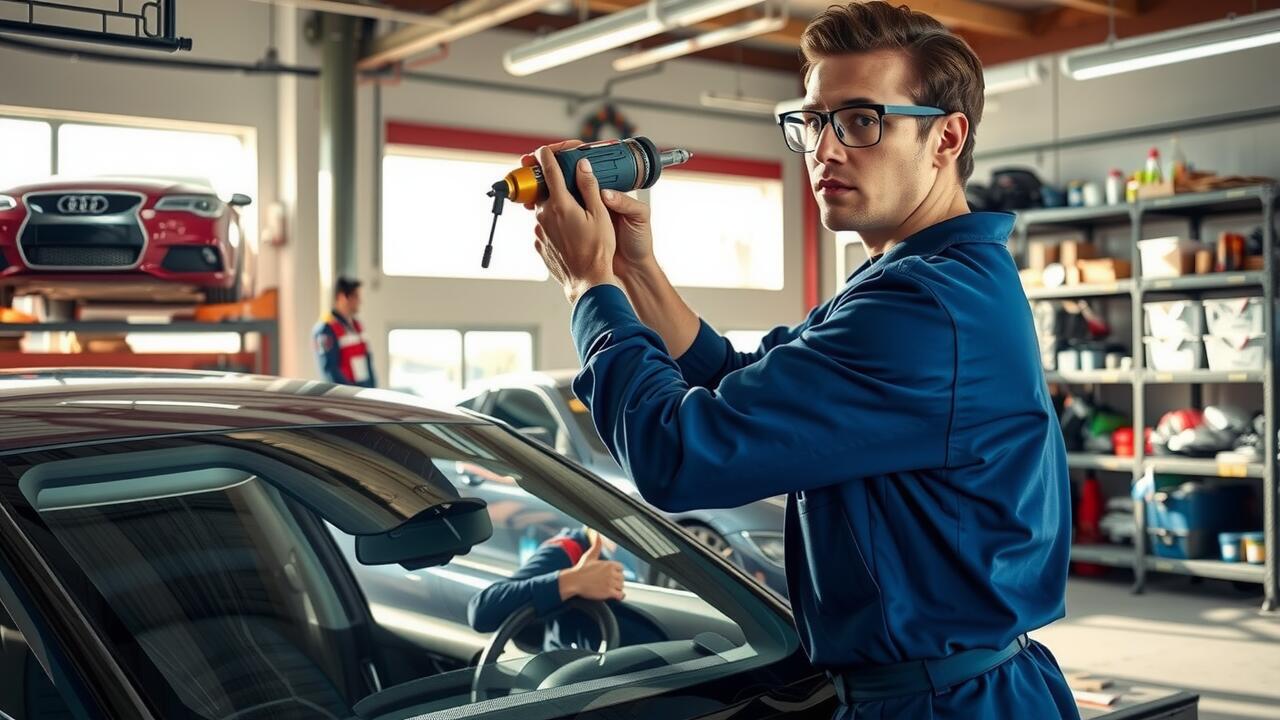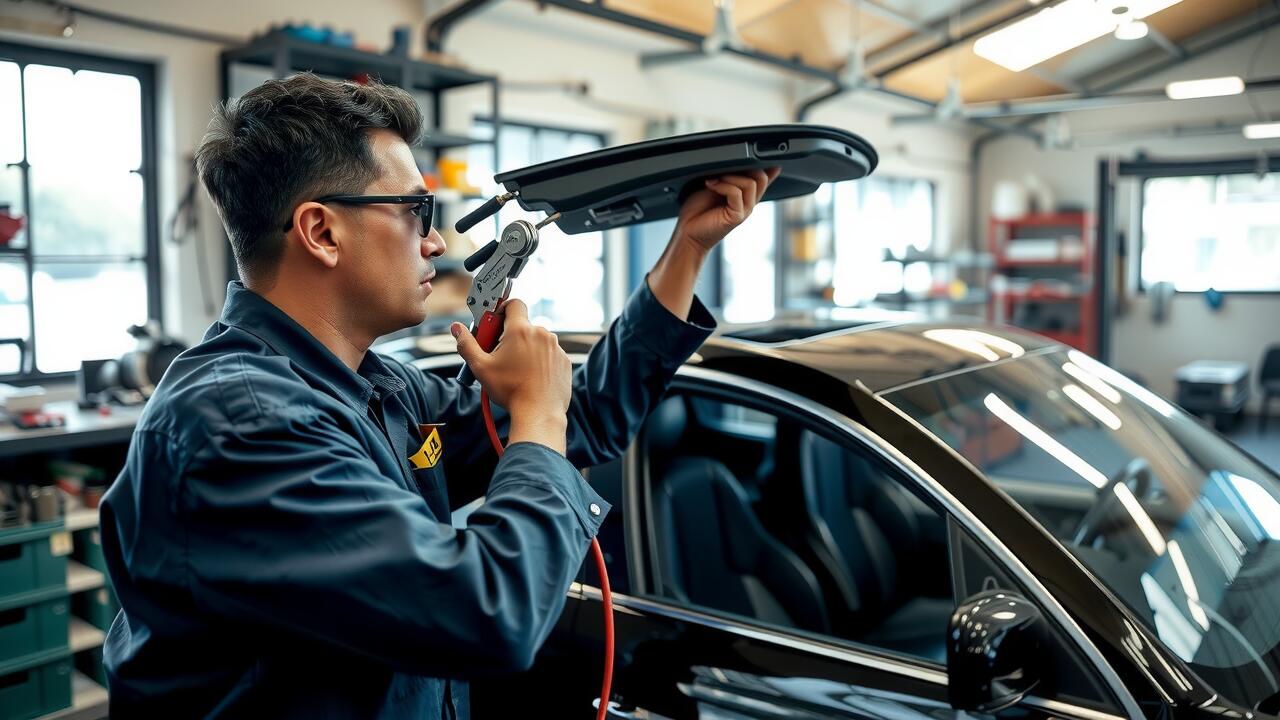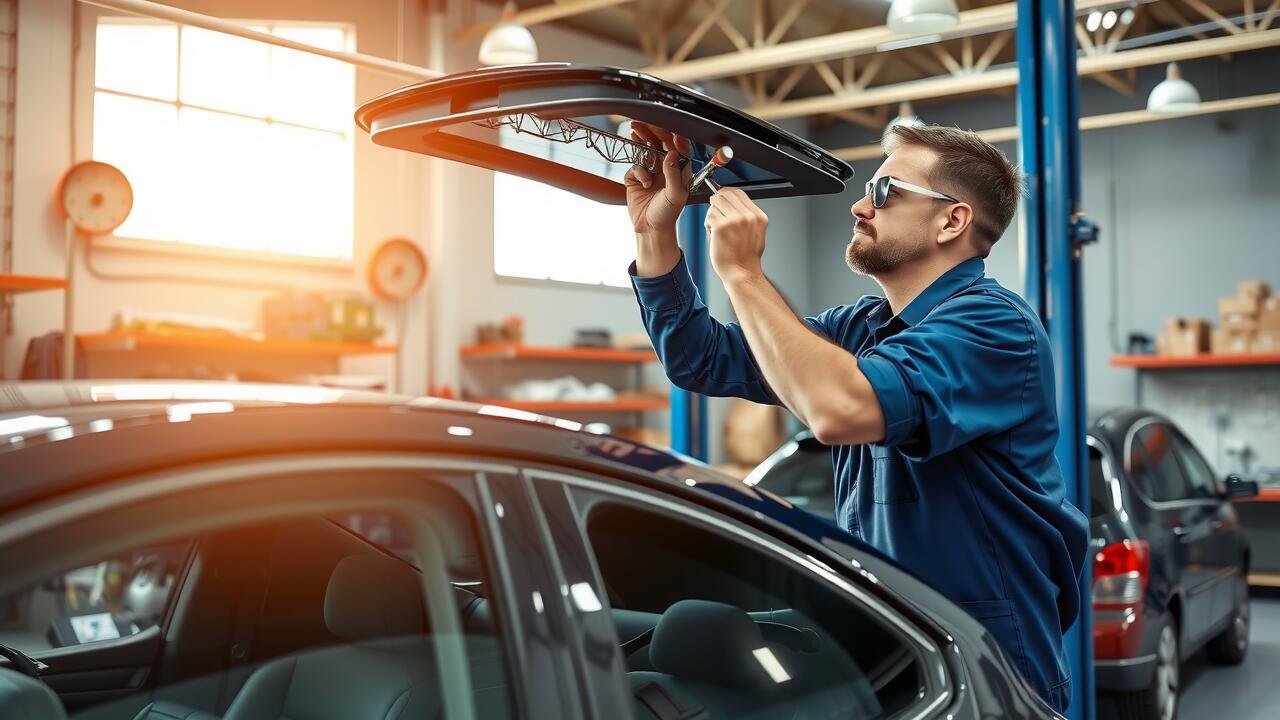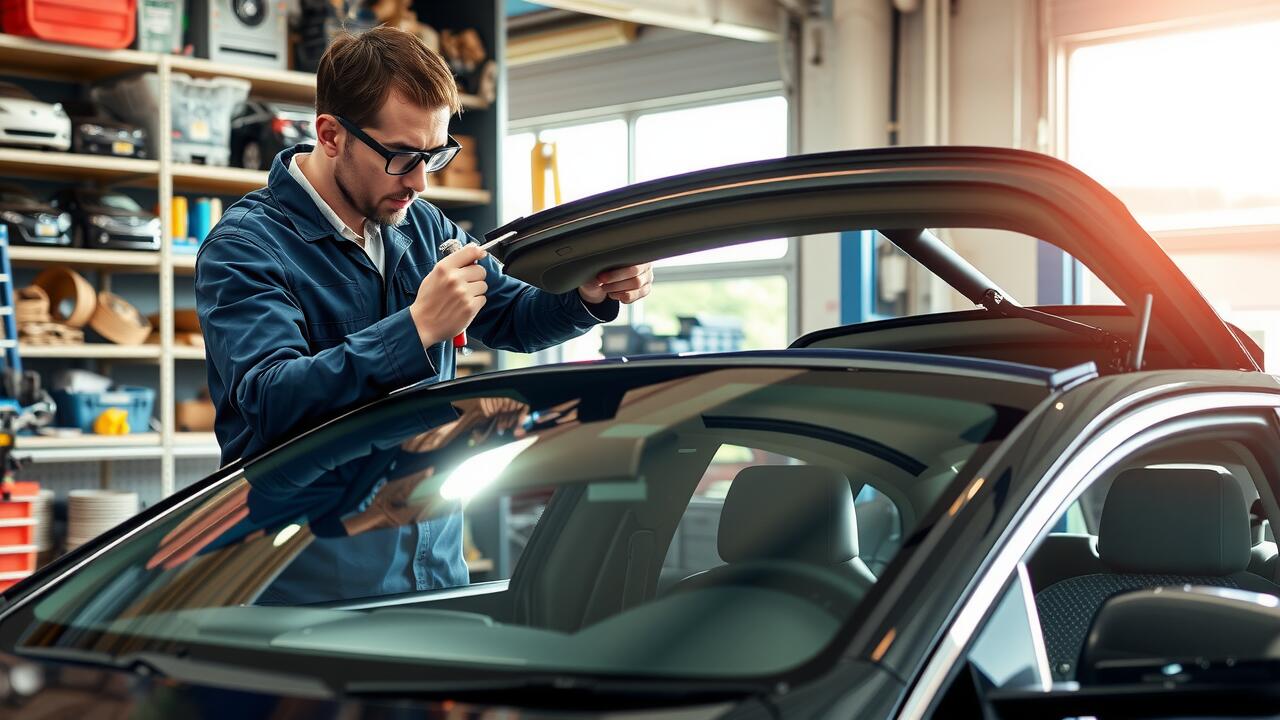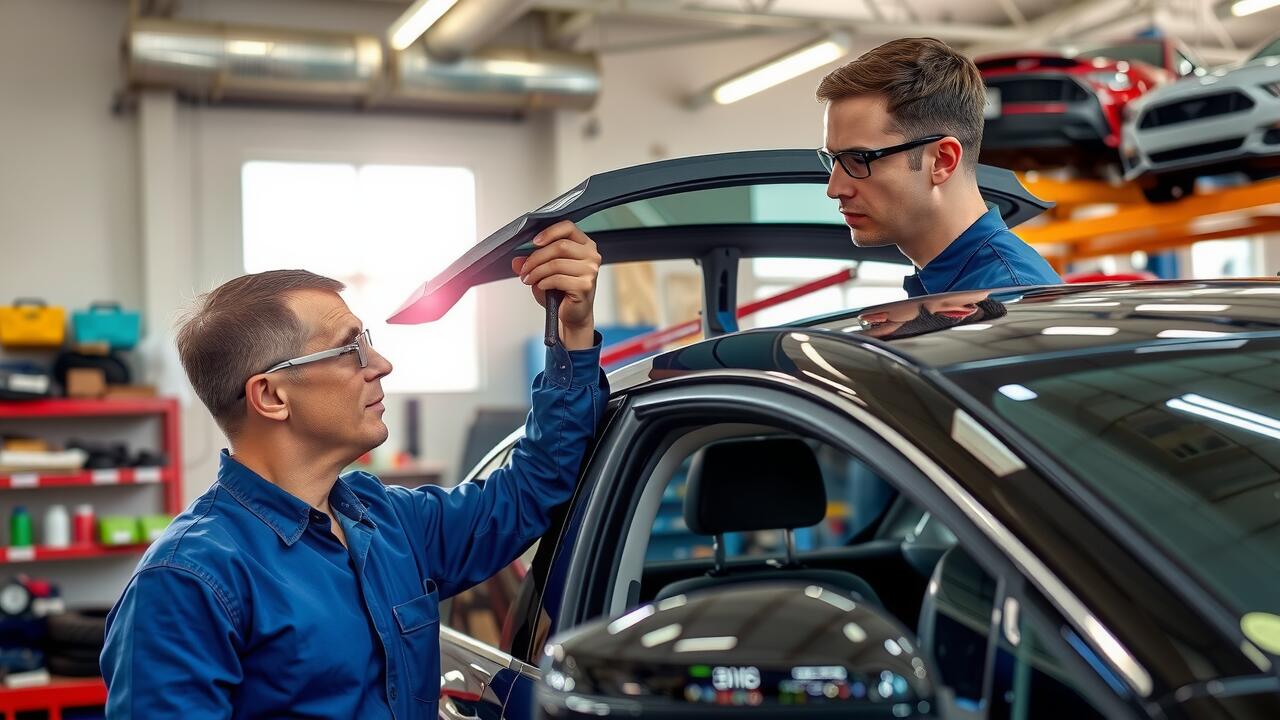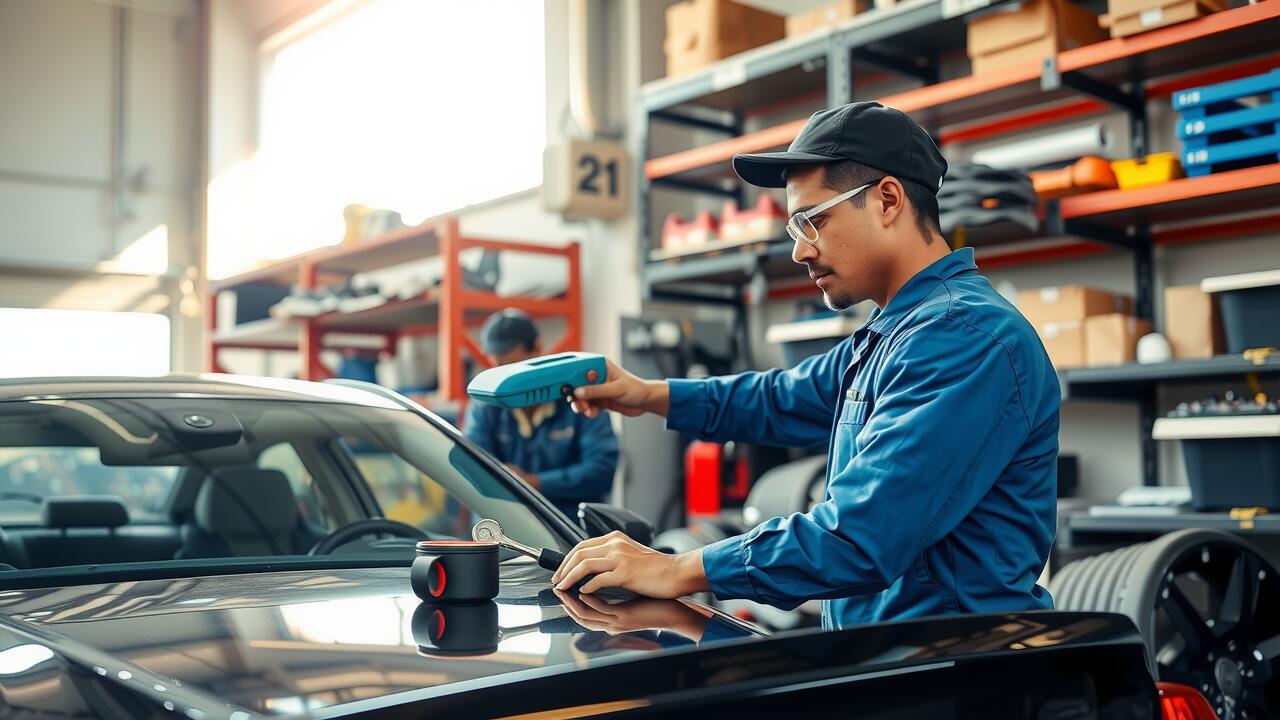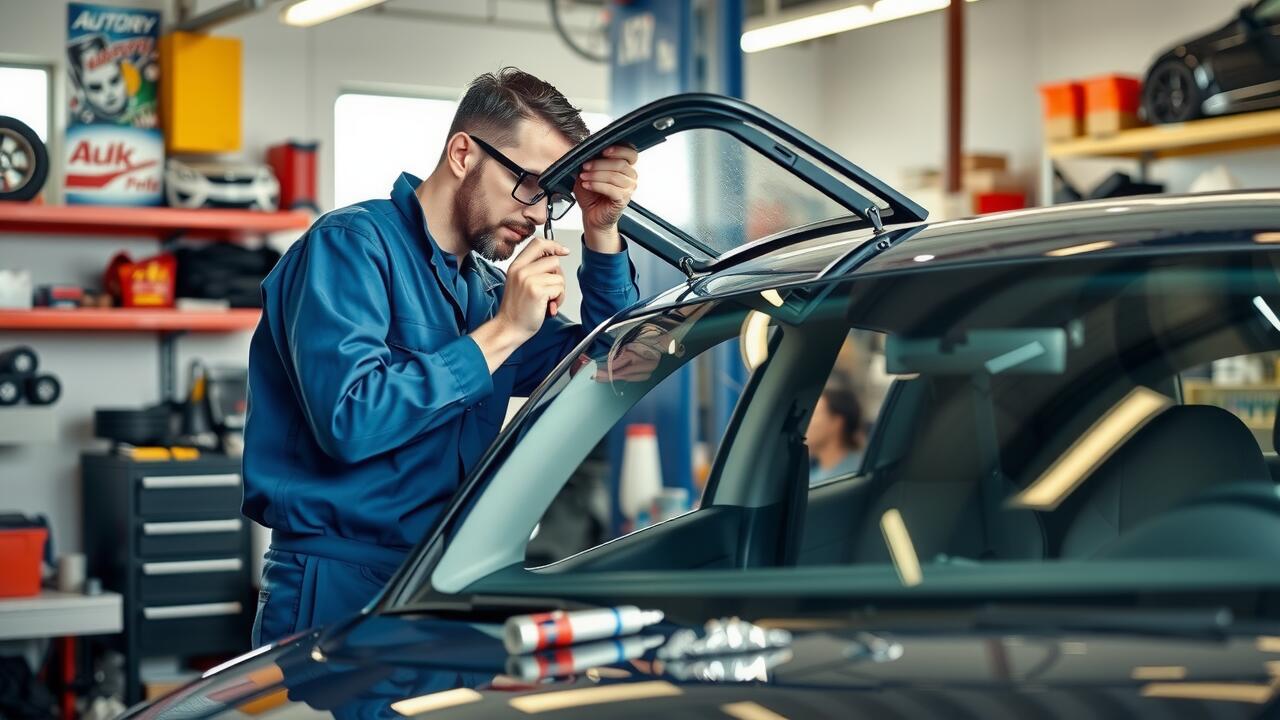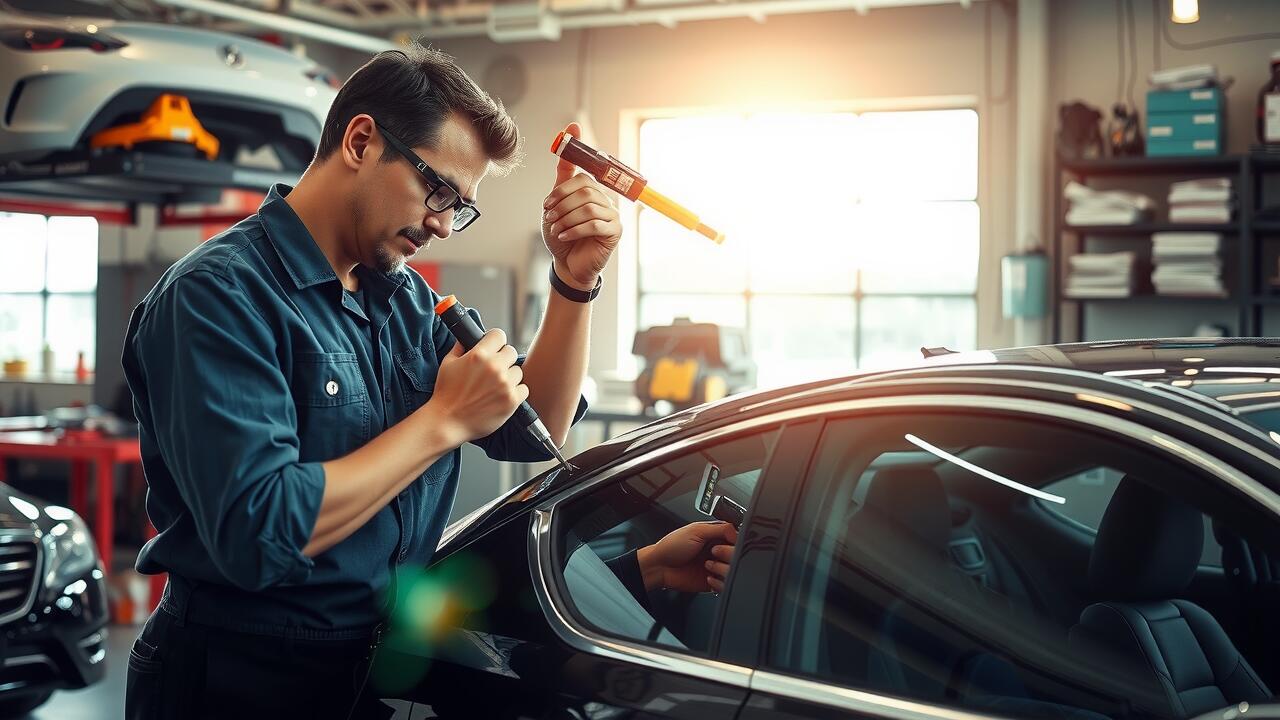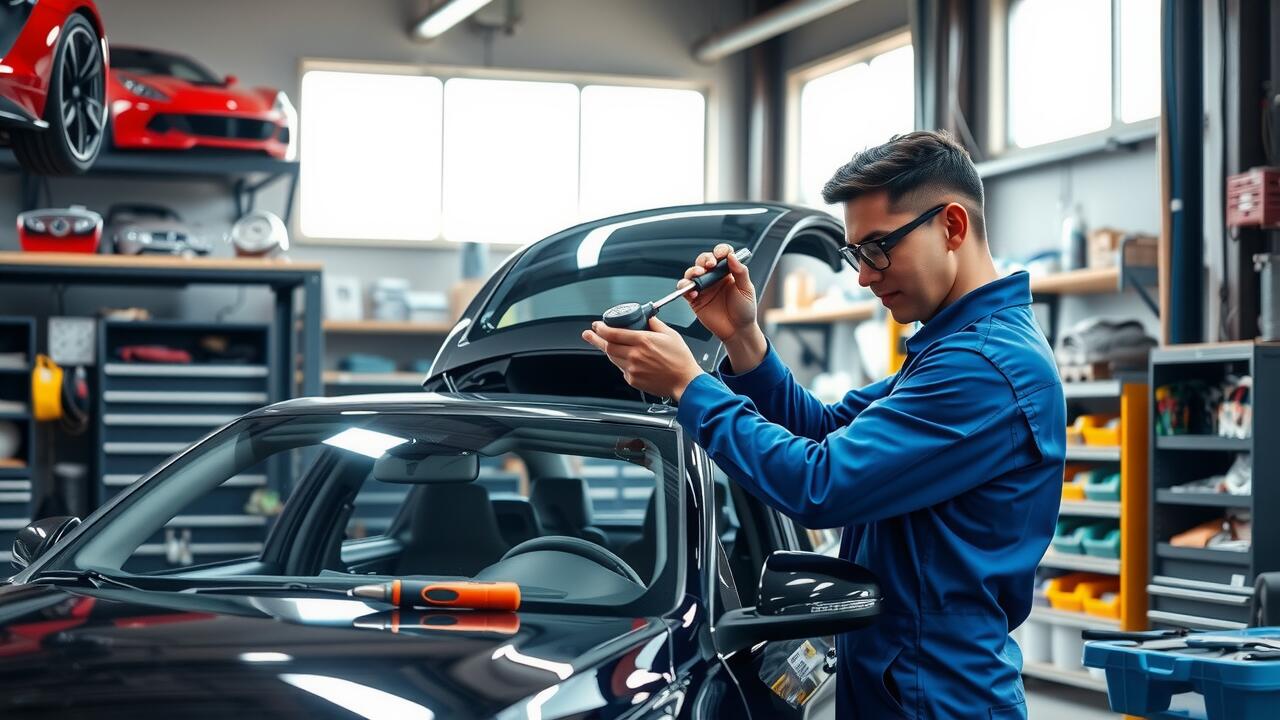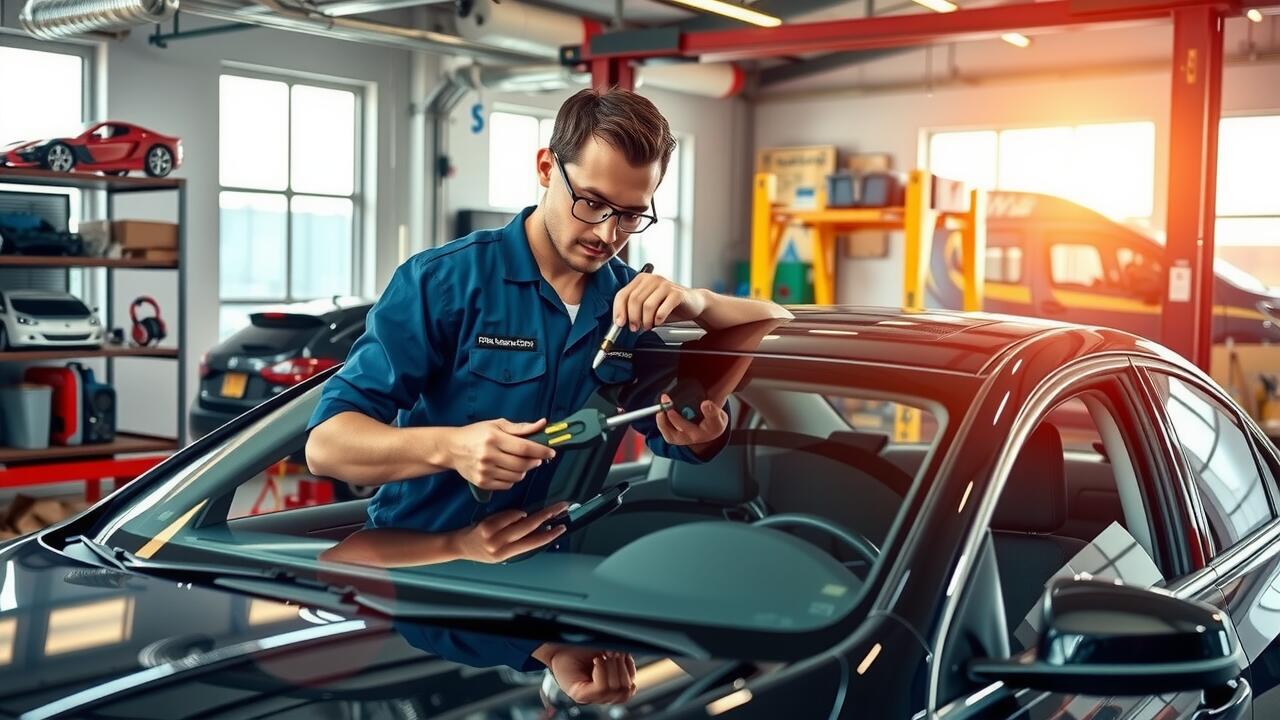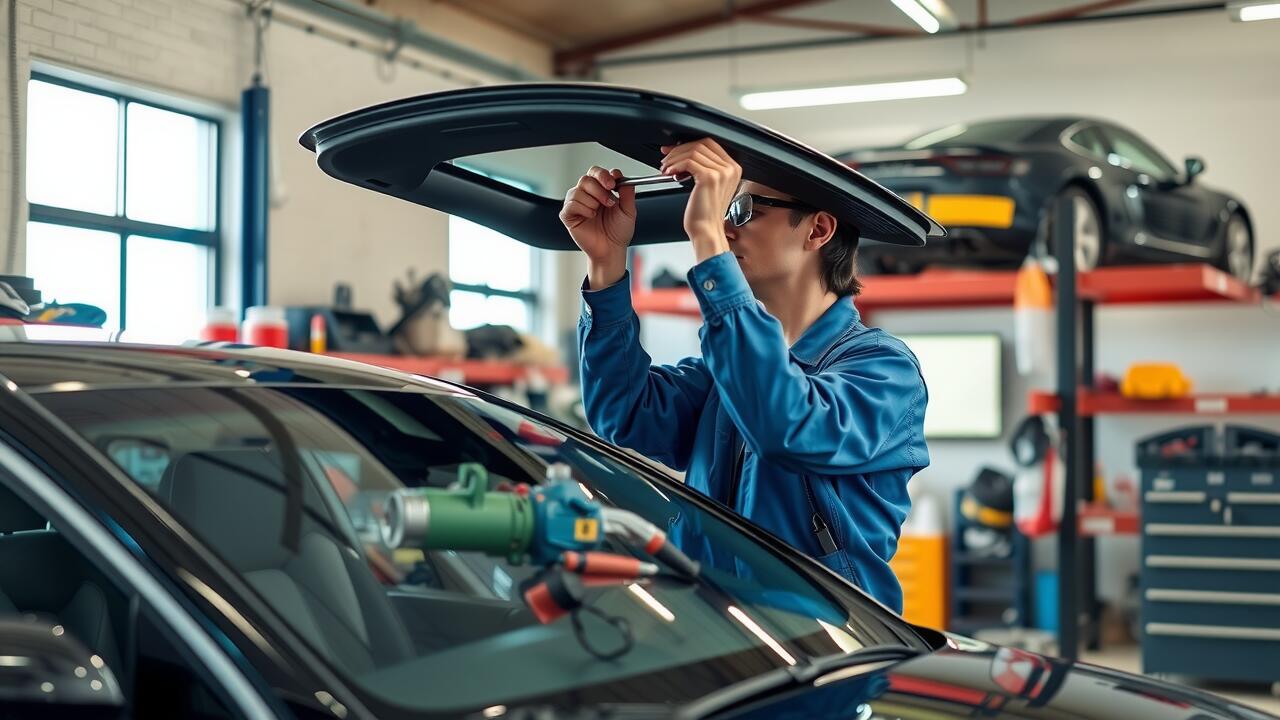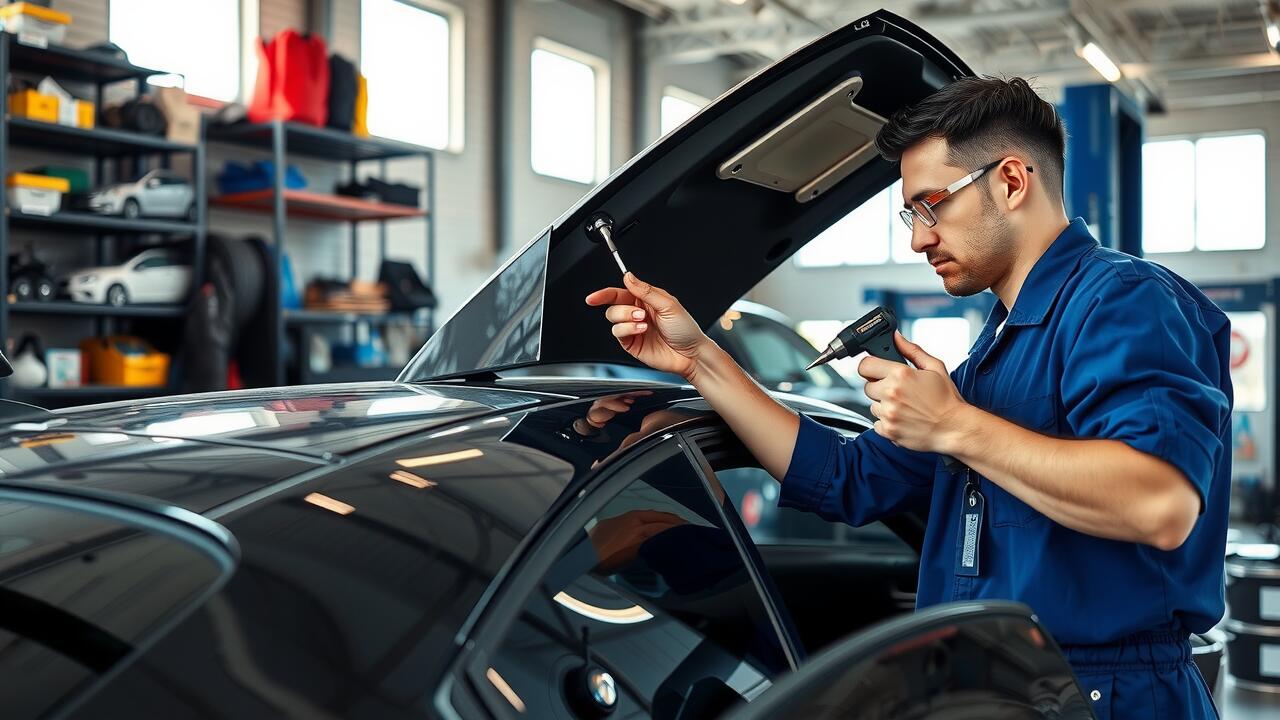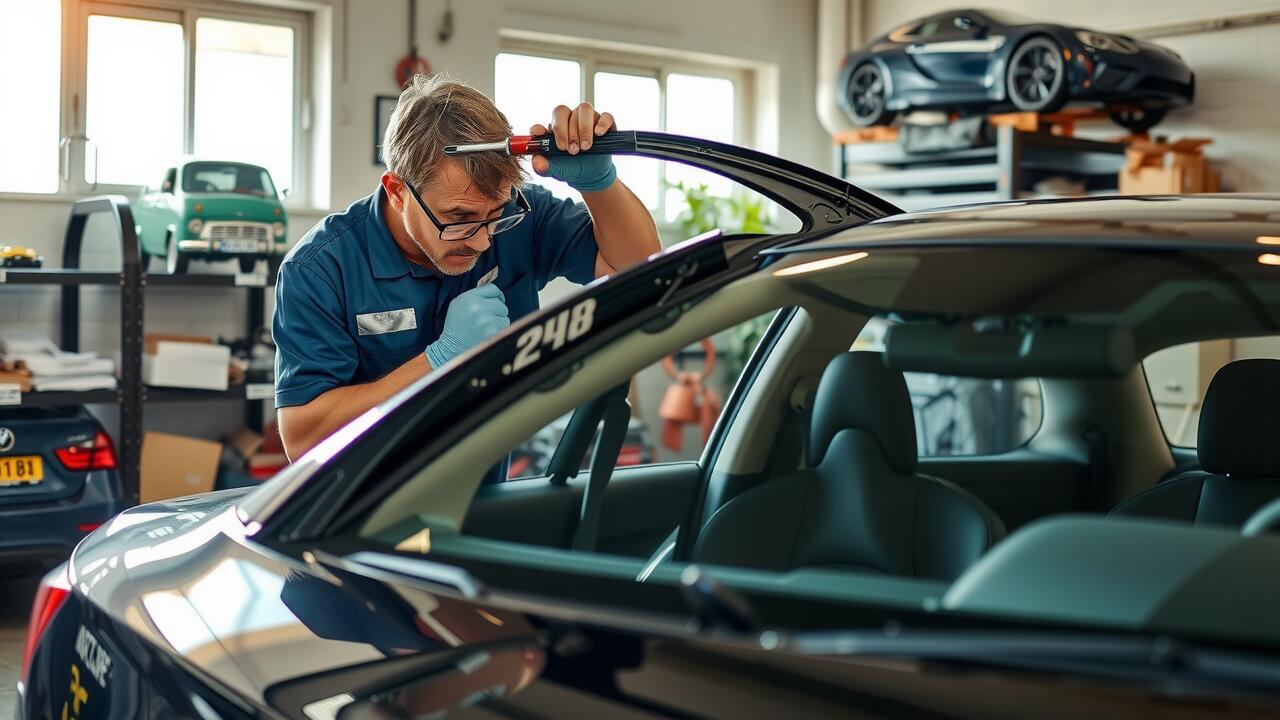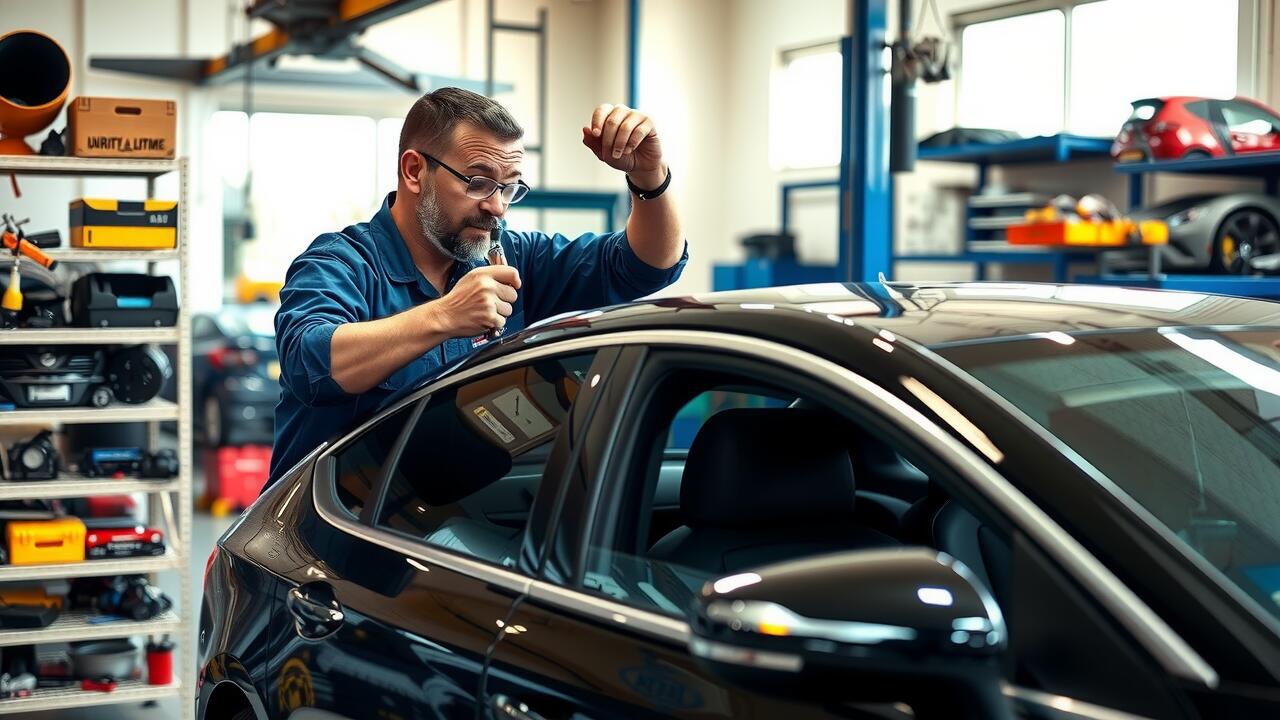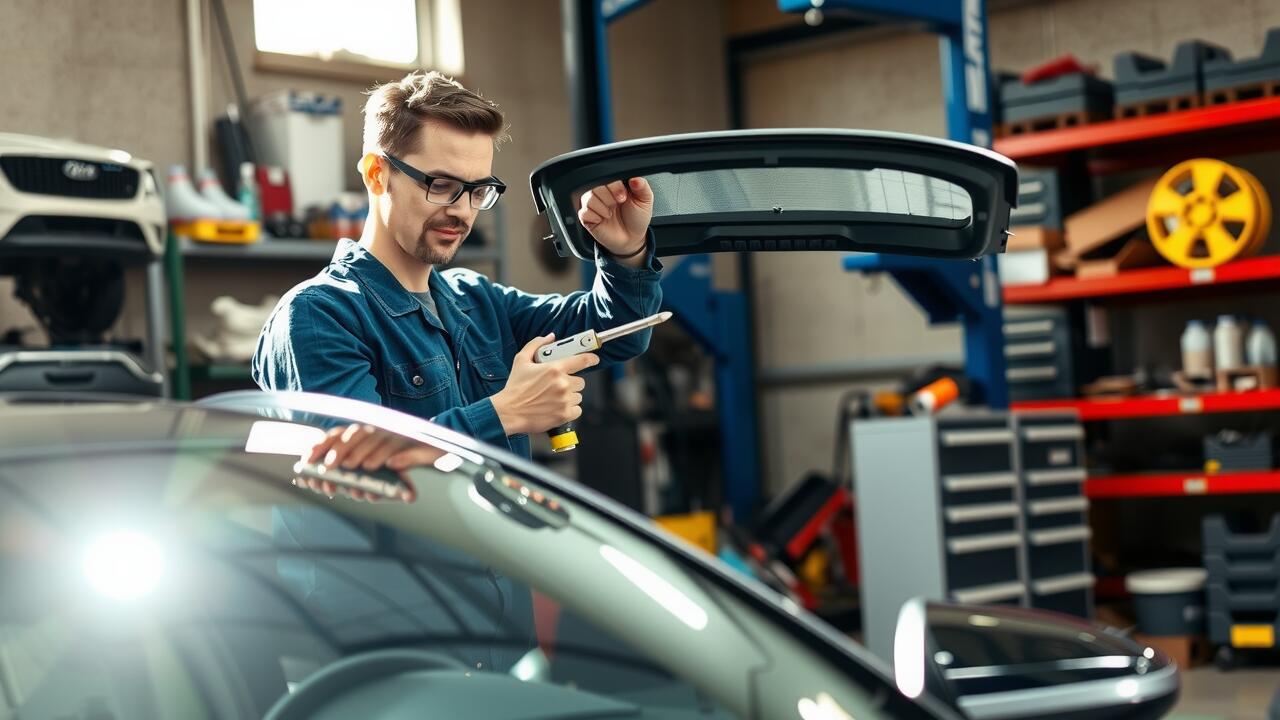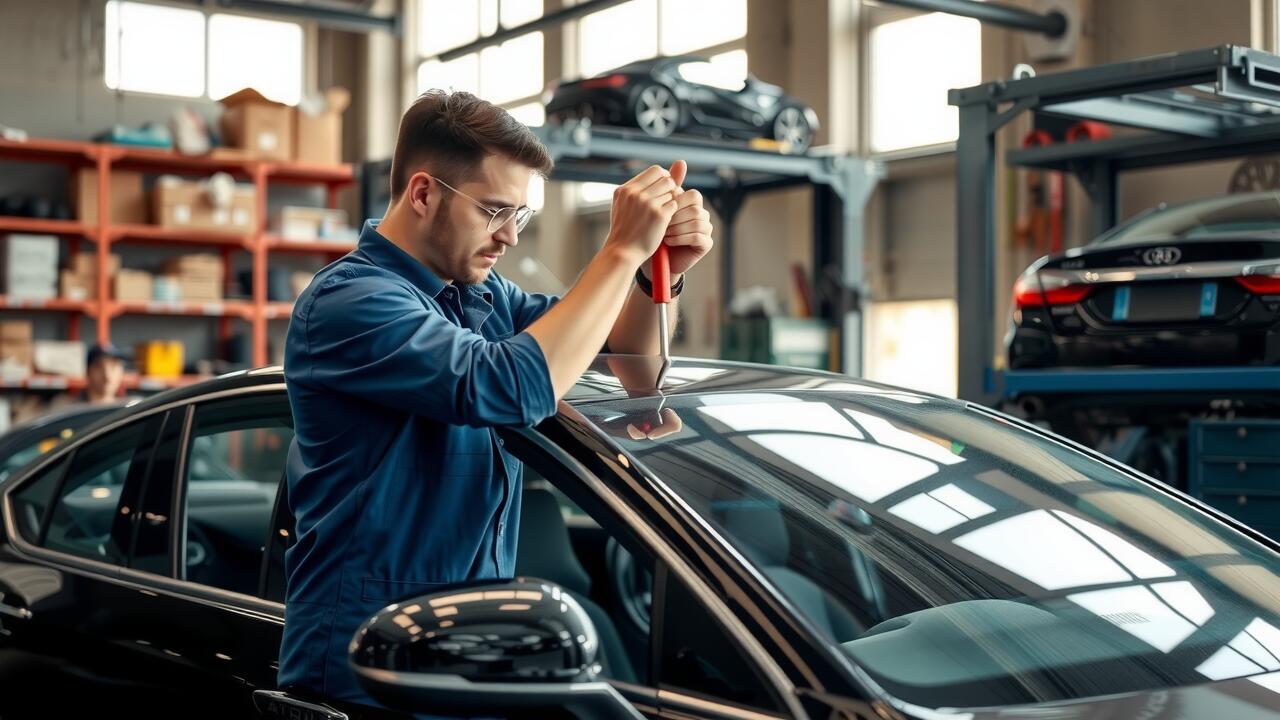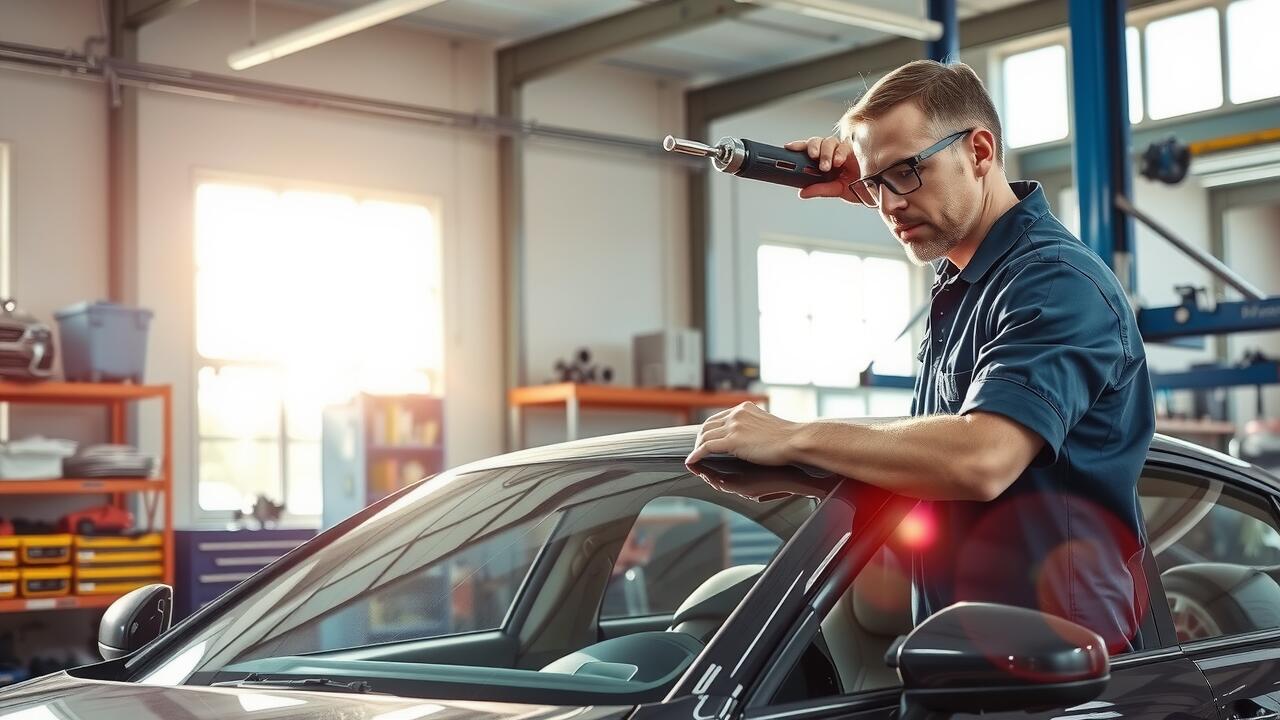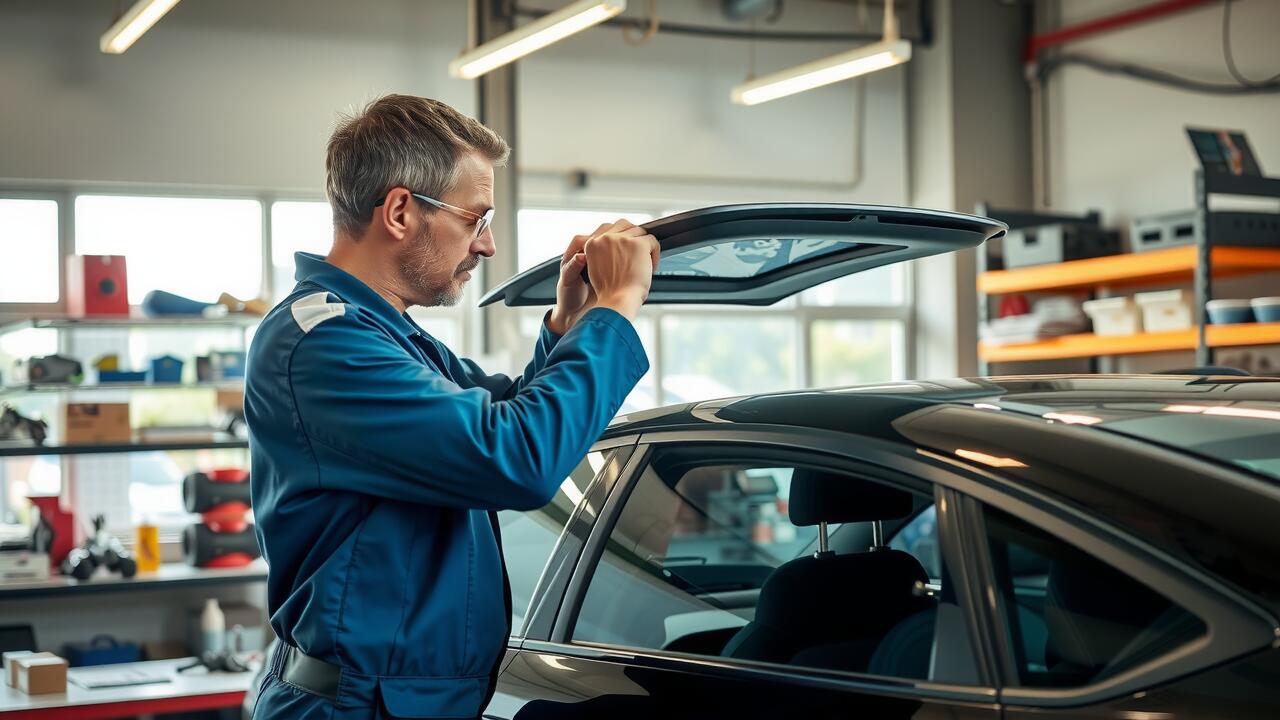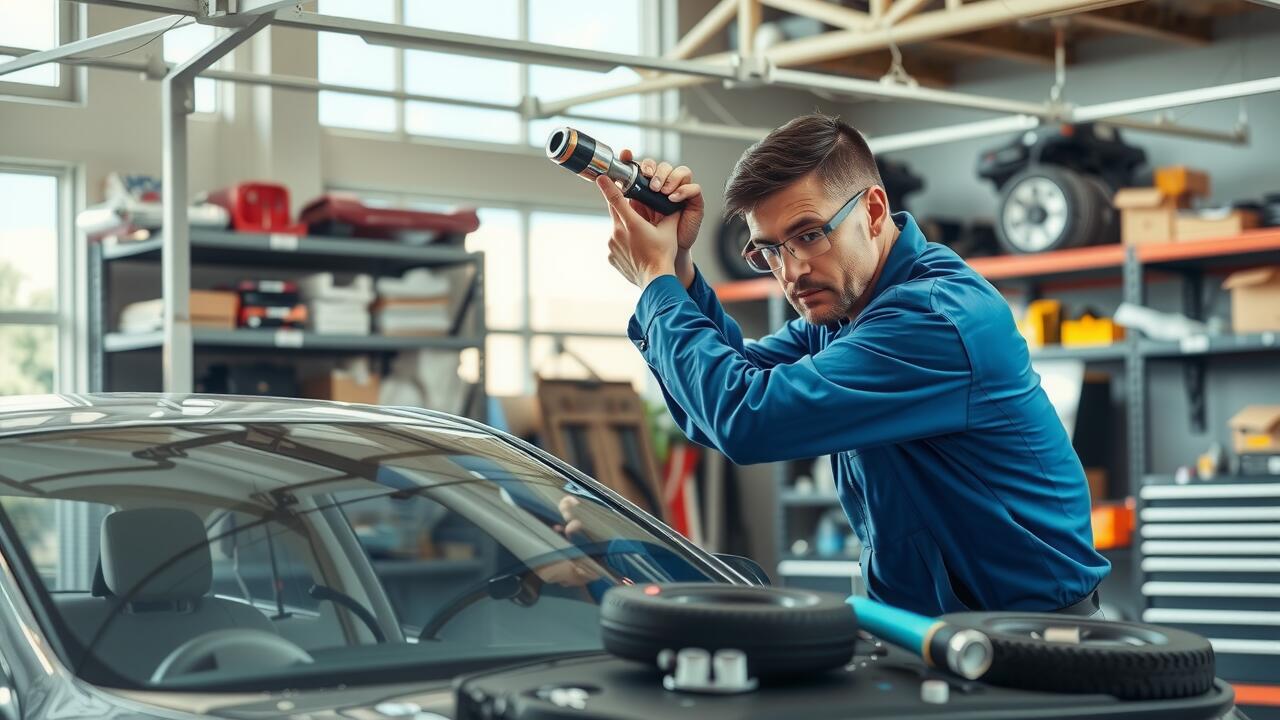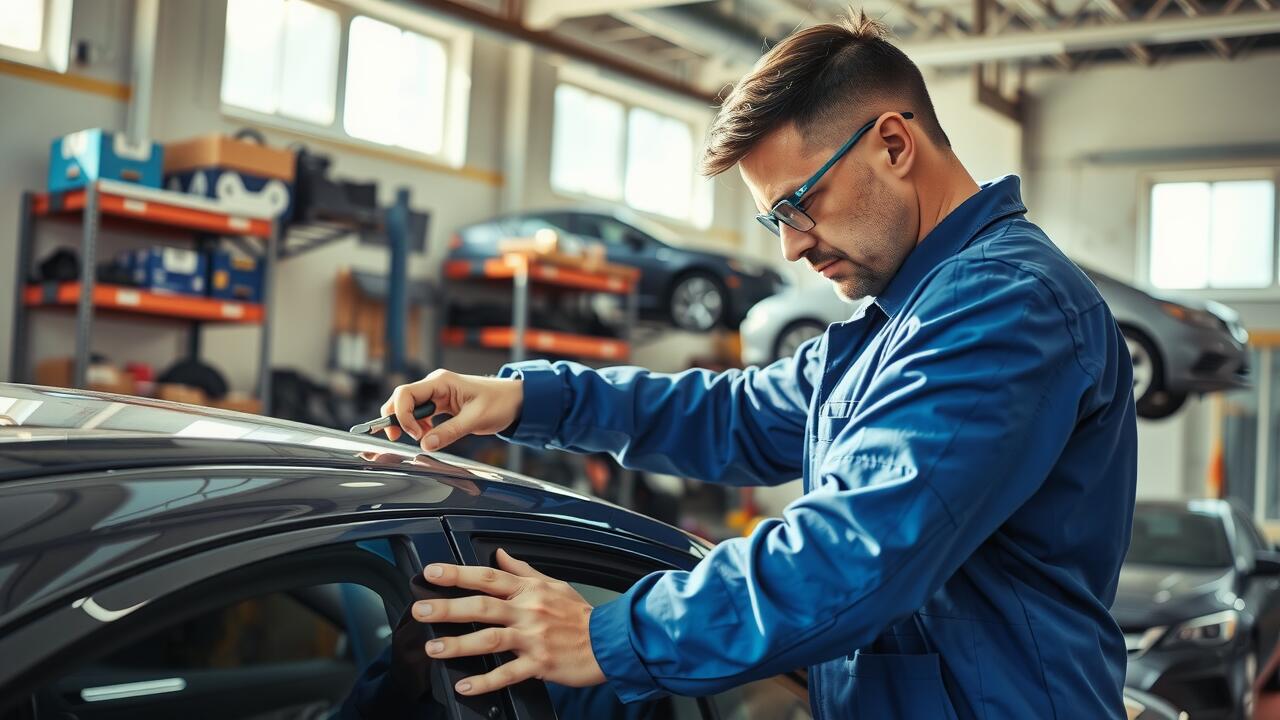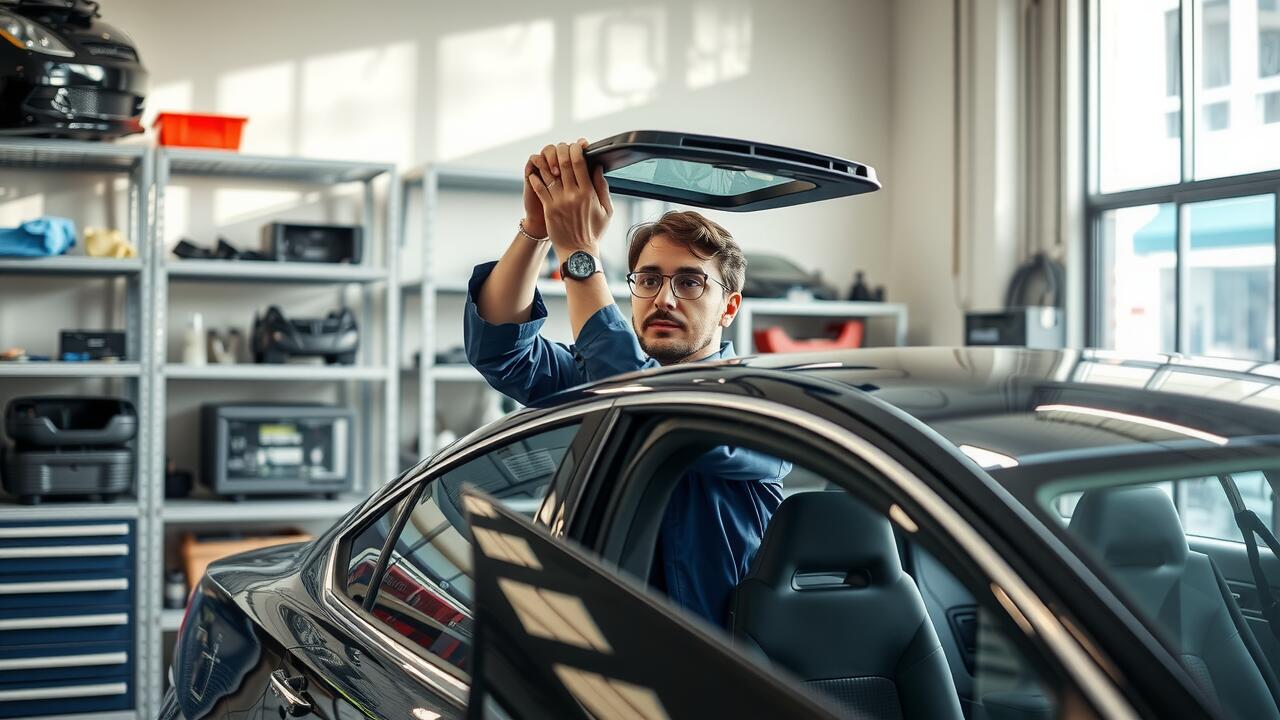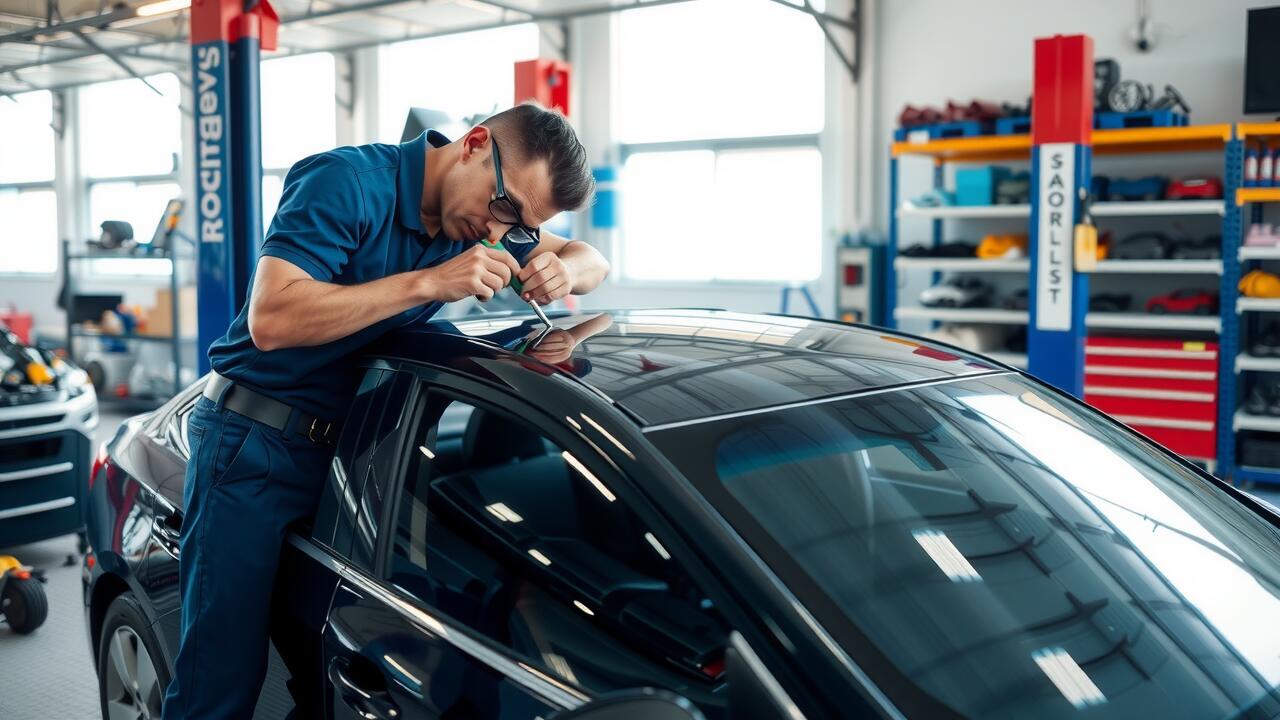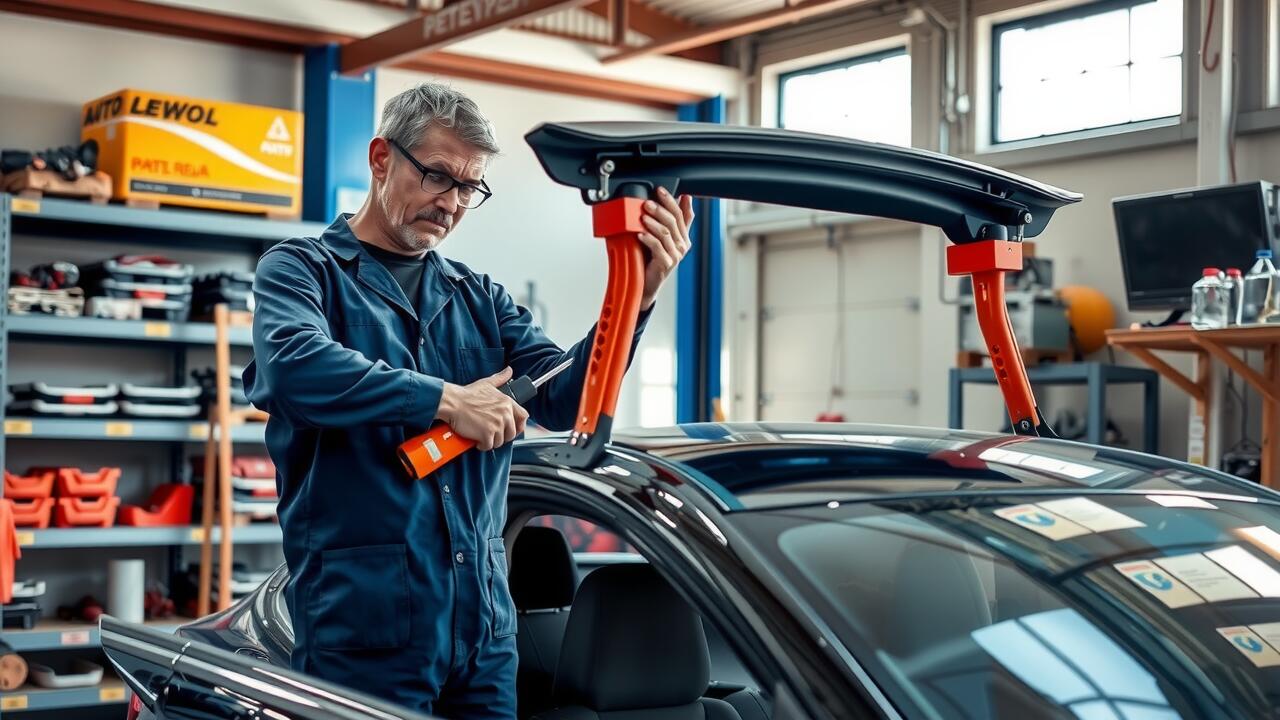
Table Of Contents
Replacing Damaged Sunroof Components
A leaky sunroof often results from damaged or worn components that require replacement. Start by inspecting the sunroof gasket for signs of wear or brittleness. This rubber seal is designed to keep water out and protect the vehicle's interior. If it's cracked or deteriorating, a new gasket can typically provide a quick fix. Additionally, pay attention to the sunroof drainage tubes. Clear any blockages that might prevent proper drainage and replace damaged tubes to ensure that water can exit the vehicle.
During sunroof installation, it's crucial to follow manufacturer guidelines for replacing any components. Before securing the sunroof back into place, test the mechanism to ensure it opens and closes smoothly. After making the necessary repairs, apply a waterproofing spray or sealant around the edges to add an extra layer of protection. This precaution can significantly reduce the risk of future leaks while ensuring that all parts fit snugly together.
Identifying Parts That Need Replacement
To effectively address a leaky sunroof, it's essential to identify which components require replacement. Common culprits include the sunroof seal, which may deteriorate over time due to exposure to the elements. Inspecting the rubber seals around the sunroof for cracks or gaps is vital, as these imperfections can lead to water ingress. Additionally, the sunroof drain tubes should be examined for blockages. If they become clogged, water can accumulate and seep into the vehicle’s interior.
Another area to verify is the sunroof glass panel itself. If it is cracked or misaligned, it may not sit properly within its frame, allowing water to penetrate. Assessing the sunroof installation is equally important, as improper fitting can result in leaks even if all components appear intact. Understanding the condition of these parts helps determine the necessary repairs to ensure a watertight seal and prevent future issues.
Testing for Effectiveness After Repairs
After completing repairs on a leaky sunroof, it's crucial to test the effectiveness of the work done. Start by ensuring all components are correctly reassembled following the sunroof installation process. Check for any visible gaps or misalignments in the seals. A thorough visual inspection can help identify areas that may require additional attention.
Next, simulate rain or use a hose to pour water over the sunroof. Pay close attention to areas where water could potentially enter the vehicle. Observe the interior cabin for any signs of leakage during this testing phase. This practical test will provide a clear indication of whether the repairs have successfully solved the leaking issue or if further action is necessary.
Methods to Check for Remaining Leaks
After completing repairs, it is essential to verify that the sunroof no longer leaks. Start by performing a simple water test. Use a hose to gently spray water around the edges of the sunroof while observing the interior for any signs of leaks. Pay attention to both the front and rear sections of the sunroof as well as the tracks. Allow enough time for the water to settle and seep into crevices that may have previously caused issues.
Another effective method involves using a vacuum test. This process requires sealing the sunroof and creating a negative pressure inside the vehicle. Place a vacuum gauge at the drain holes to monitor any changes in pressure that can indicate residual leaks. If the gauge drops too quickly, it suggests that moisture could still be entering. These methods can significantly help in confirming that the recent sunroof installation has resolved previous leaks.
Preventative Measures for the Future
Regular inspections of your sunroof are essential for long-term maintenance. Look for signs of wear and tear around seals and gaskets. Keeping these components clean can prevent dirt and debris buildup, potentially averting future leaks. It is advisable to check drainage systems regularly to ensure that they are clear and functioning properly. If you notice any obstructions, addressing them promptly can save you from more significant problems down the line.
When considering sunroof installation or repairs, opt for high-quality materials and professional service. The initial investment in quality parts can help avoid recurring issues. Following the manufacturer's guidelines during maintenance can also strengthen your sunroof’s durability. Make it a habit to clean and inspect the area surrounding the sunroof to maintain optimal performance. Regular upkeep will help ensure that your sunroof remains a watertight feature of your vehicle for years to come.
Maintenance Tips to Avoid Future Leaks
Regular maintenance is essential for preventing leaks in sunroofs. Keeping the drainage systems clear of debris is crucial; this helps ensure that water can exit properly. Periodically inspecting the rubber seals and weather stripping for signs of wear will also help catch any potential issues before they escalate into leaks. Cleaning the sunroof and its components periodically can prevent build-up that might interfere with proper sealing.
When considering a sunroof installation in a vehicle, choosing quality parts and professional installation services can significantly reduce the likelihood of leaks. Following the manufacturer’s guidelines and avoiding DIY shortcuts will lead to a more reliable sunroof performance. Additionally, applying a UV protectant on the seals may help extend their lifespan, ensuring that they remain effective over time.
FAQS
What are the common causes of a leaky sunroof?
Common causes of a leaky sunroof include damaged seals, clogged drainage channels, and worn out or broken components. Environmental factors like debris buildup can also contribute to leaks.
How do I know if my sunroof needs to be replaced?
If you notice persistent water leaks, visible damage to the sunroof components, or difficulty operating the sunroof, it may be time to replace certain parts or the entire unit.
What methods can I use to test for remaining leaks after repairs?
To test for remaining leaks, you can use a water hose to simulate rainfall, checking for any water entry. Additionally, you can look for moisture marks inside the vehicle or use a towel to absorb any water that does get in.
Are there any preventative measures I can take to avoid future leaks?
Yes, regular maintenance is key. This includes cleaning the drainage channels, inspecting seals for wear and tear, and ensuring the sunroof operates smoothly. Regular checks can help identify issues before they become significant problems.
Can I repair a leaky sunroof myself, or should I seek professional help?
Minor repairs, such as cleaning drainage channels or replacing seals, can often be done at home. However, for significant damage or if you're unsure, it's best to seek professional help to ensure the issue is properly addressed.
